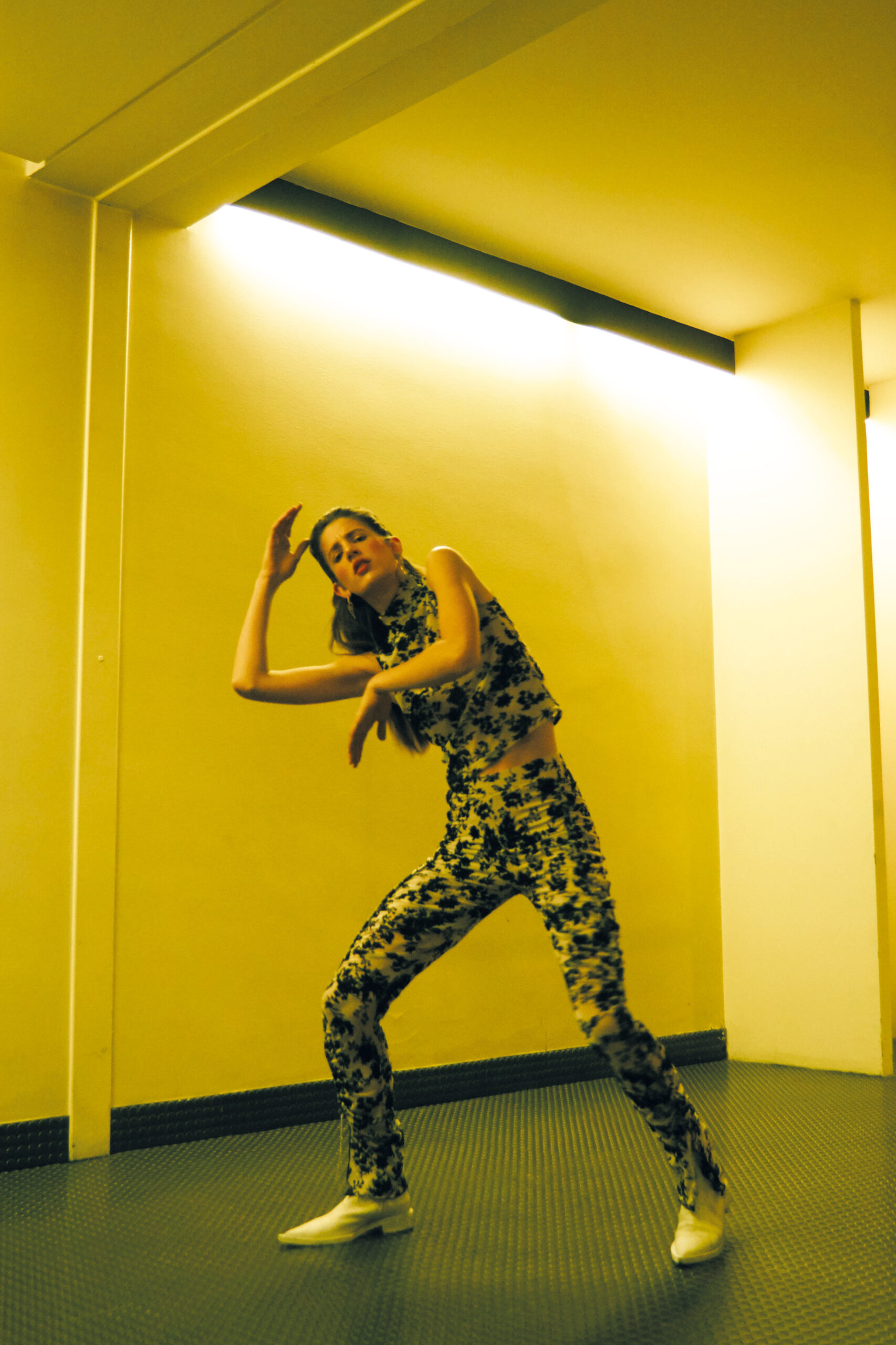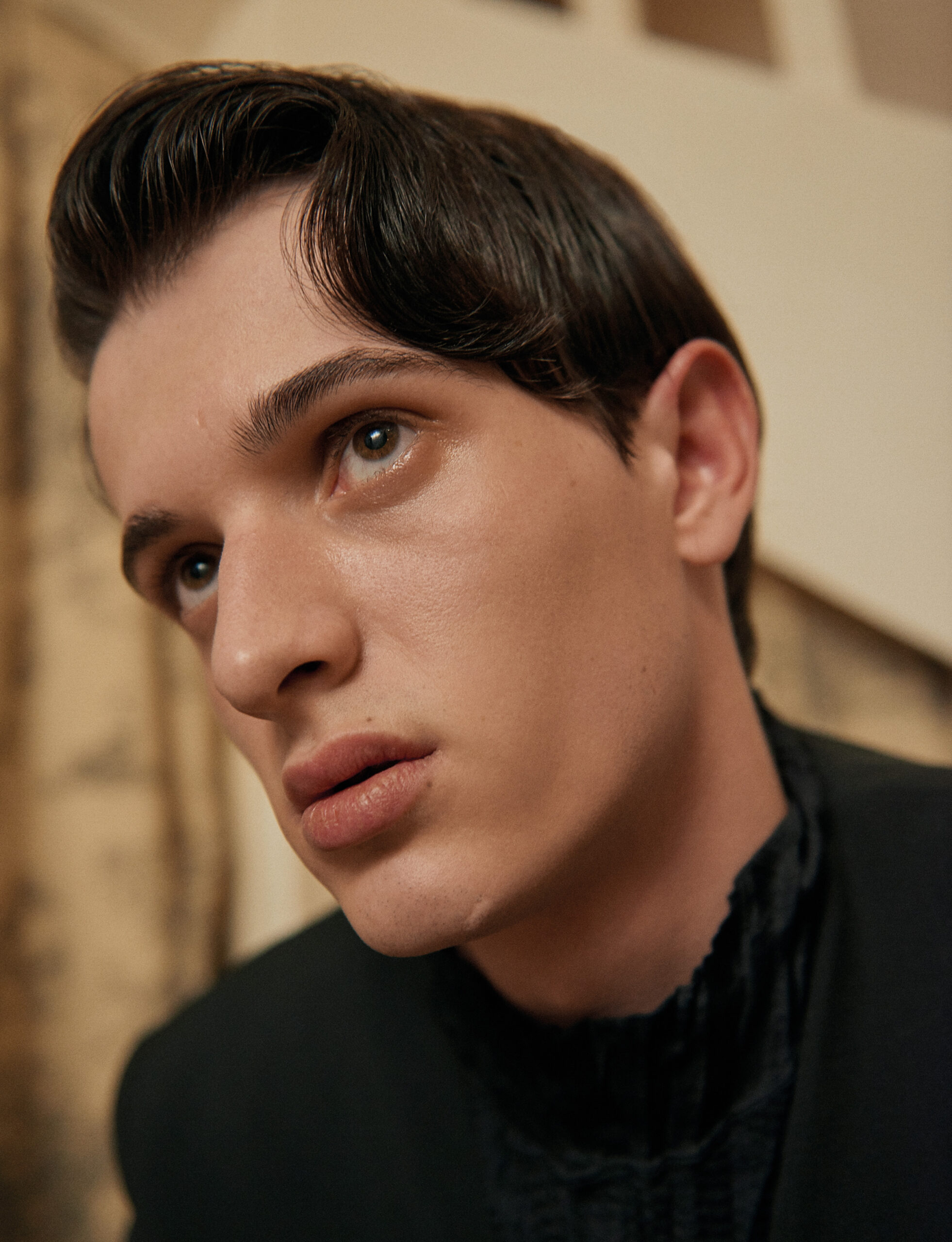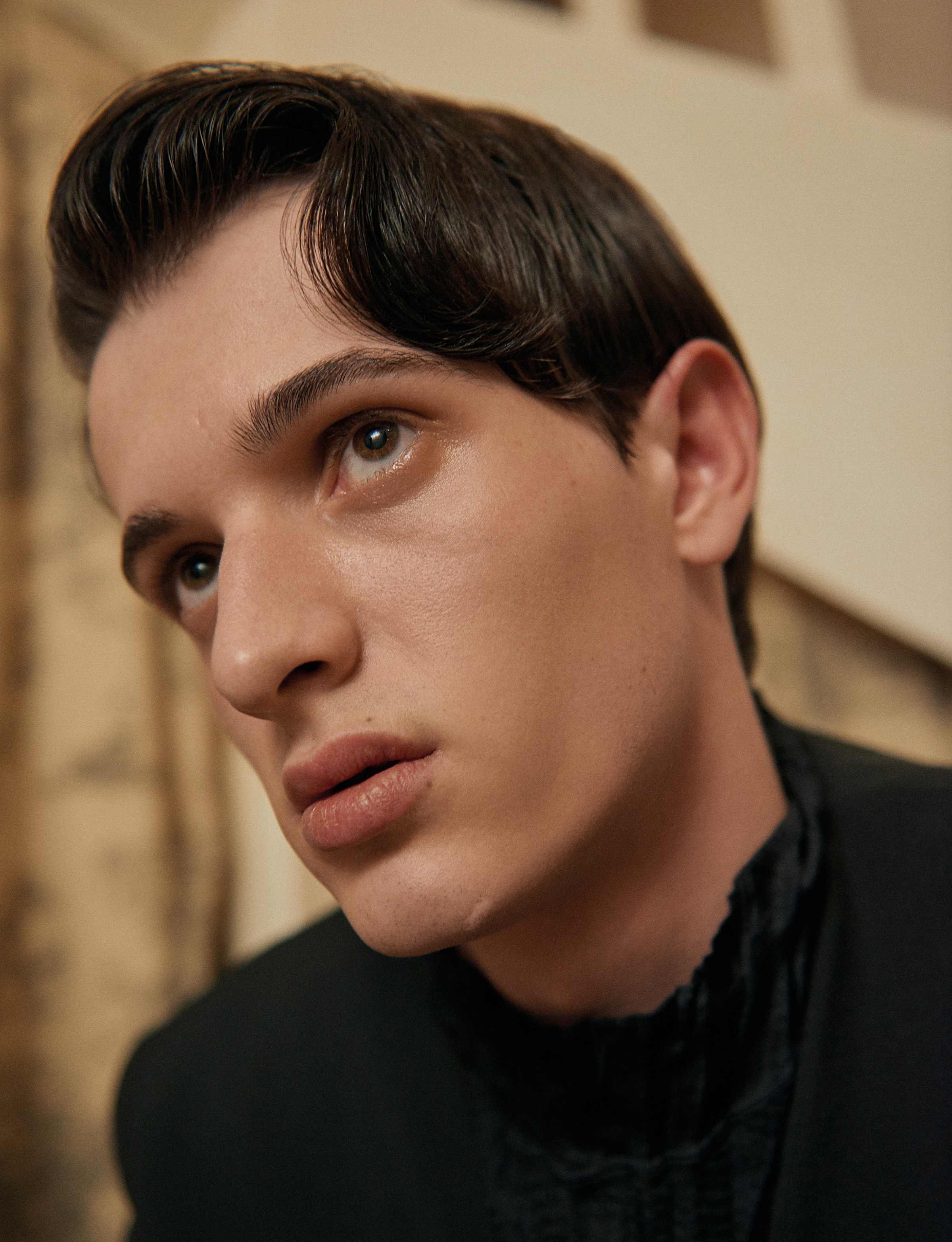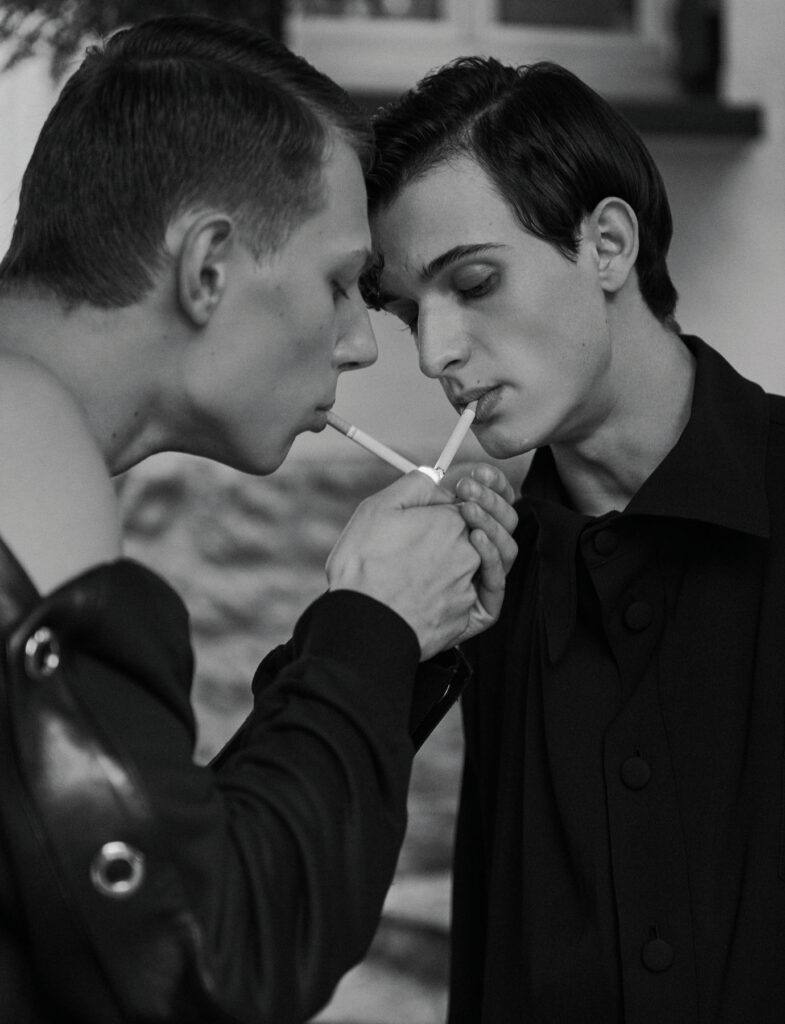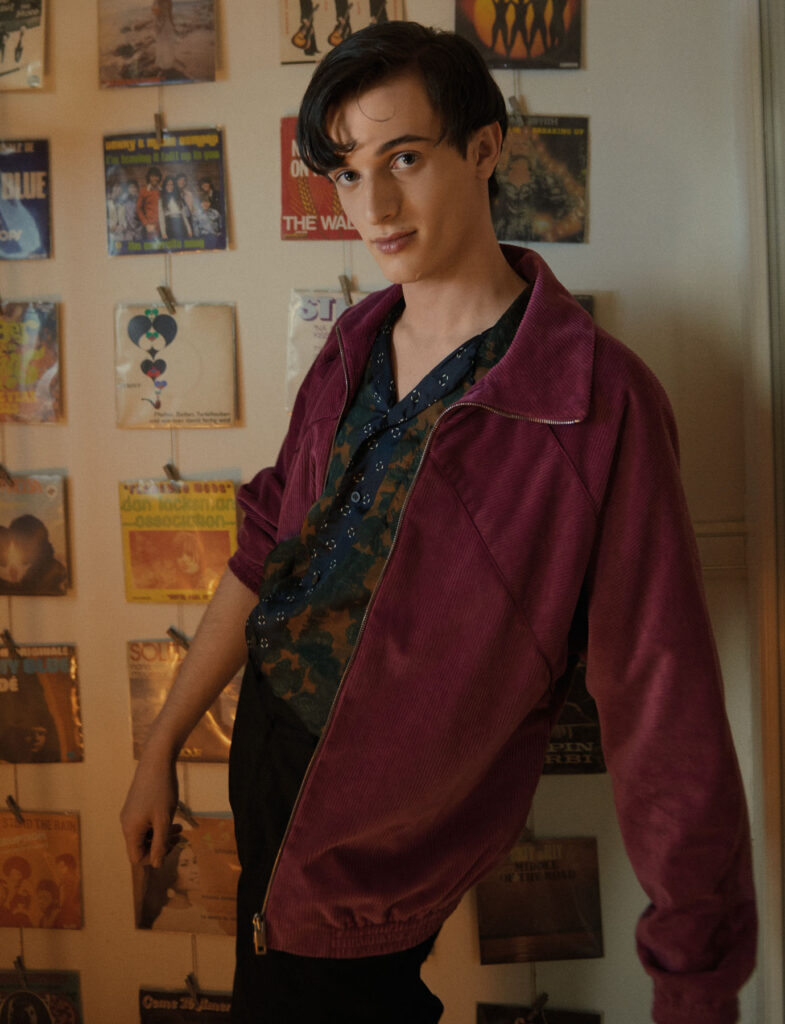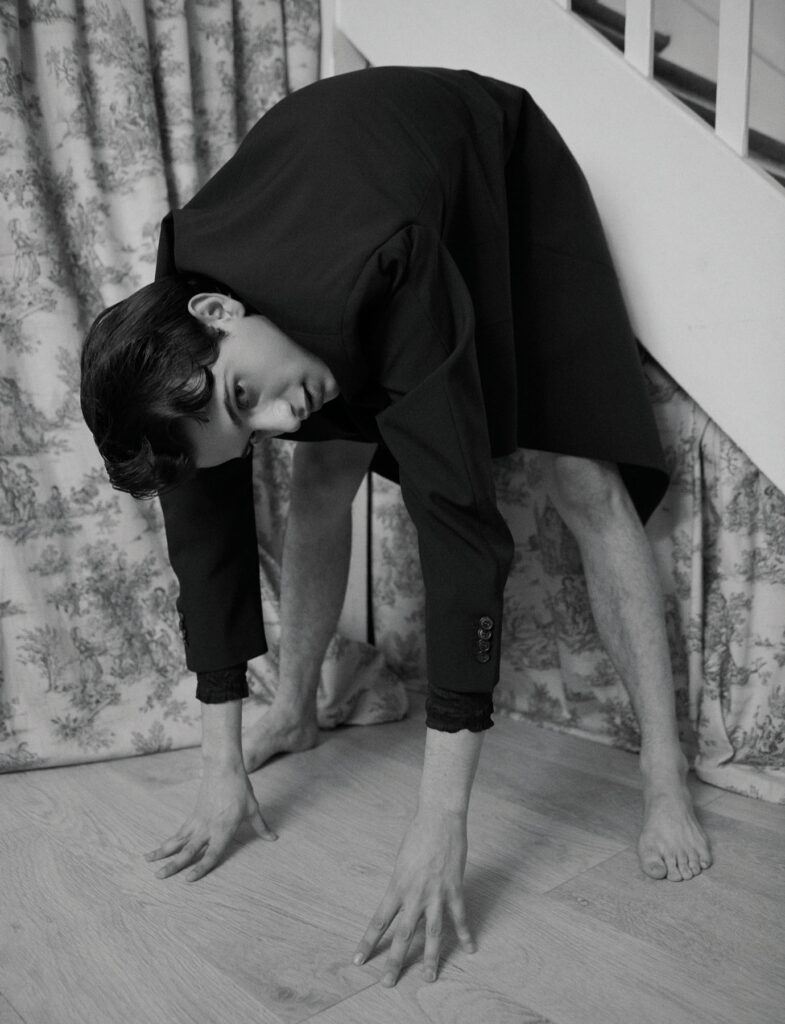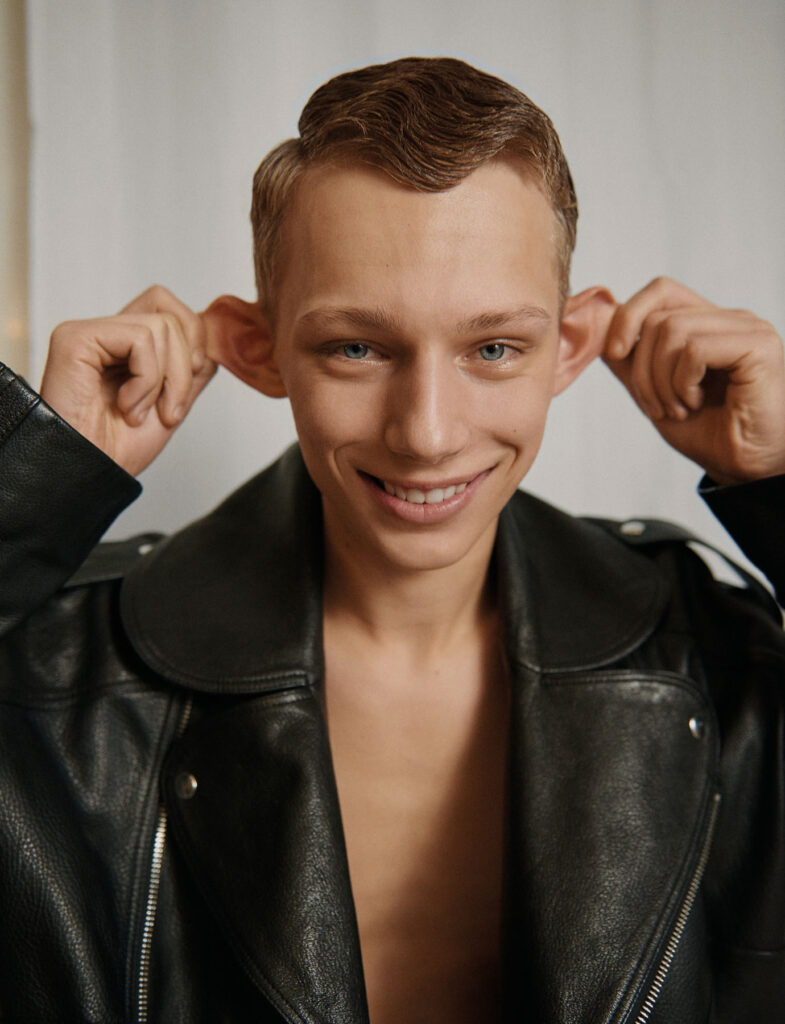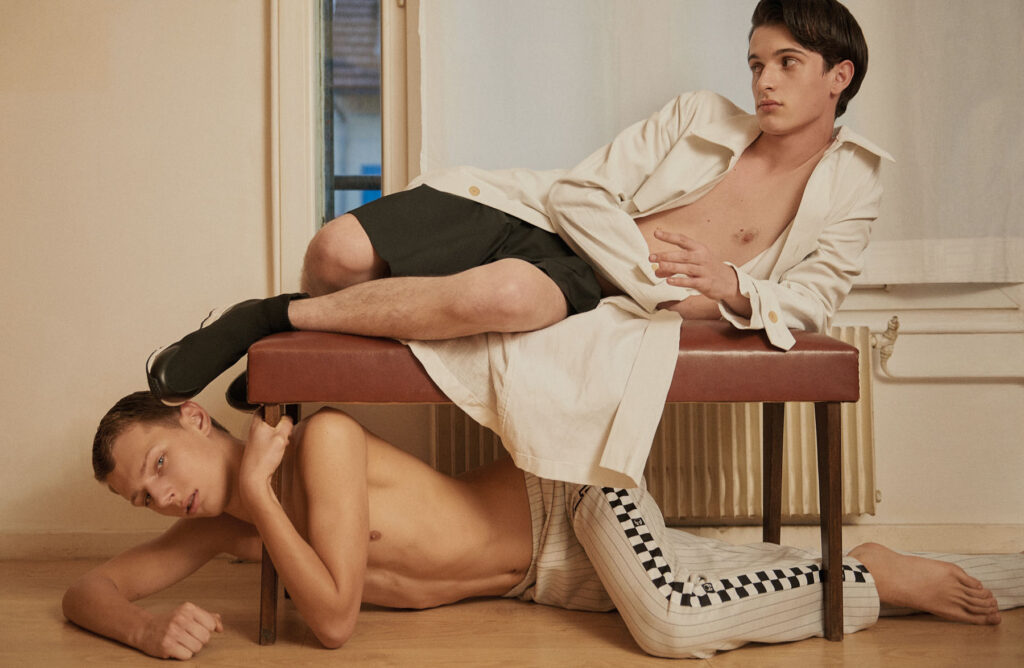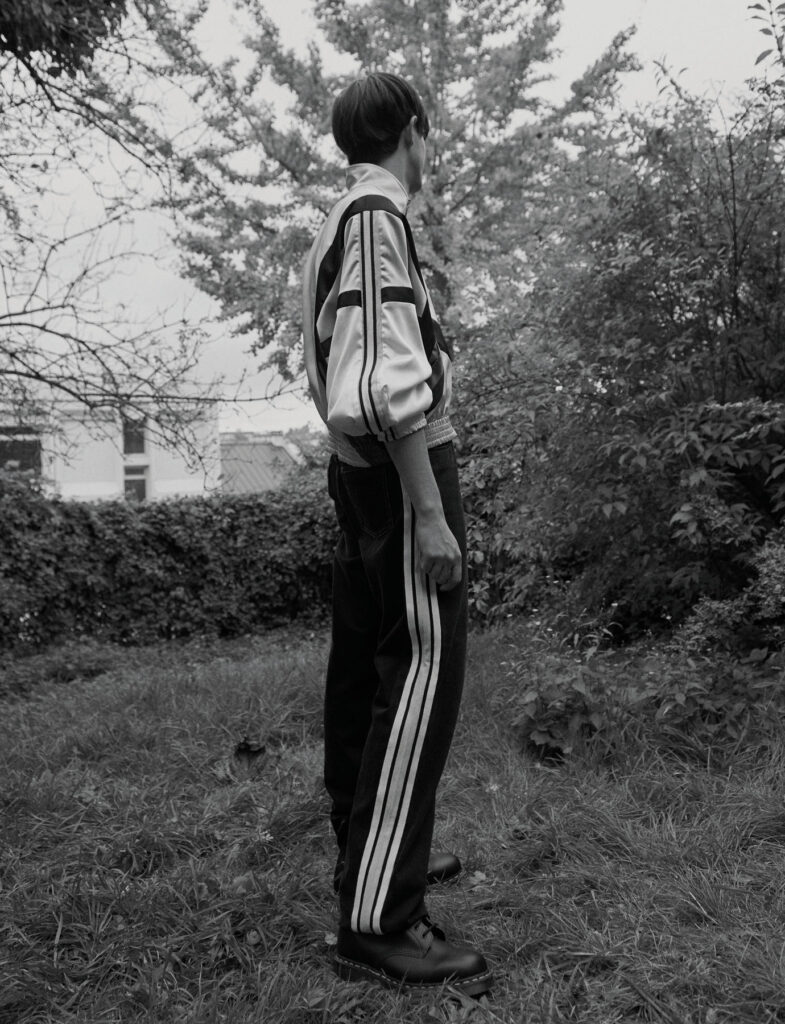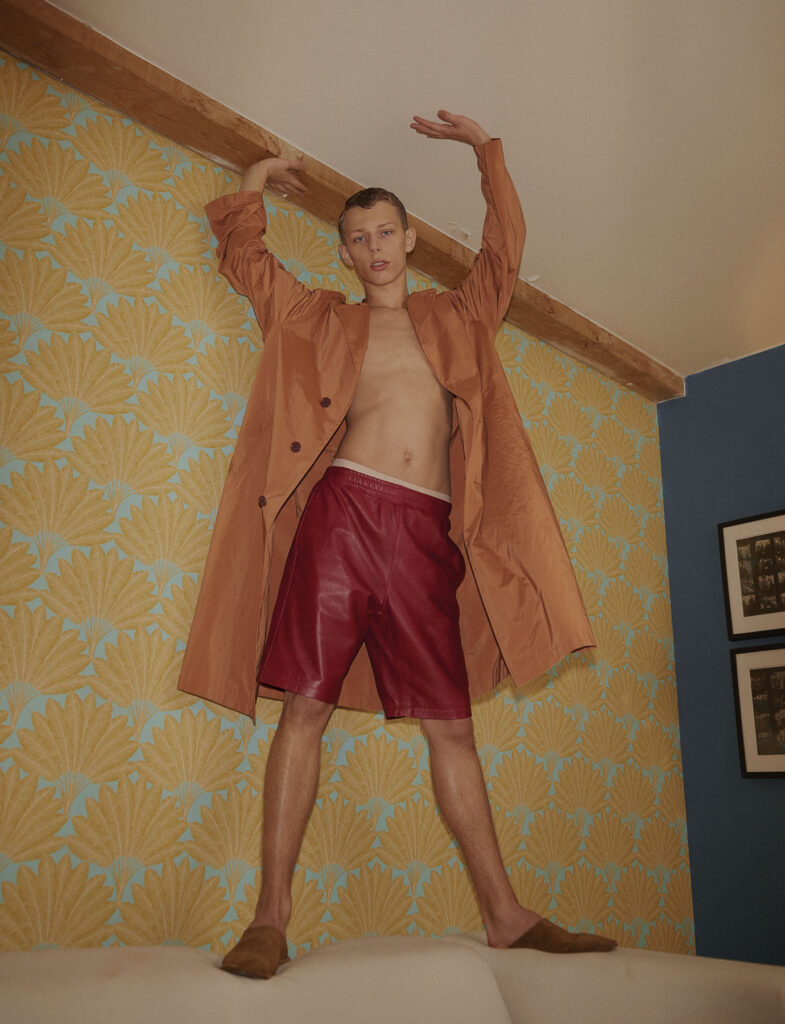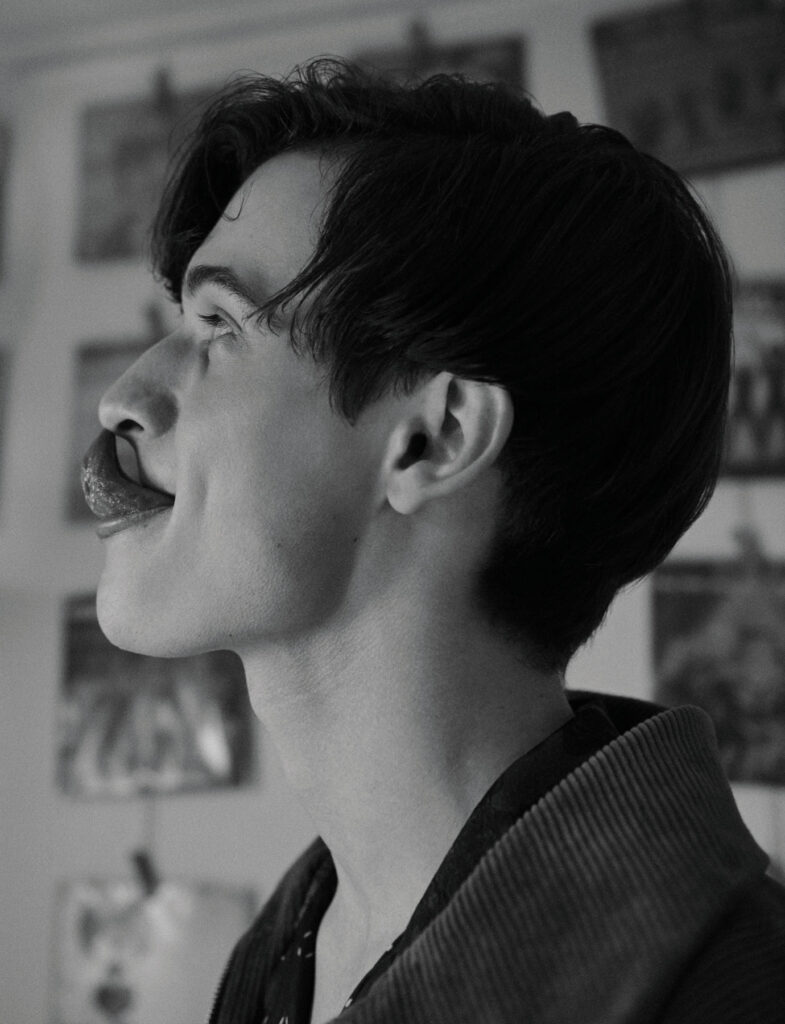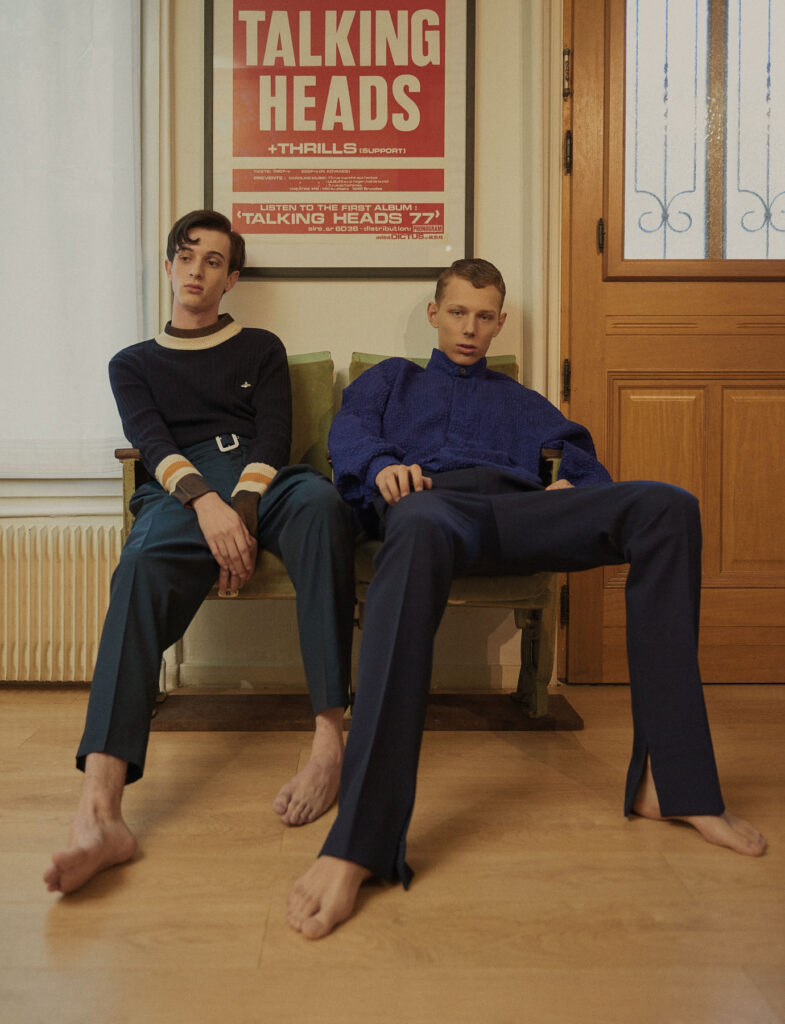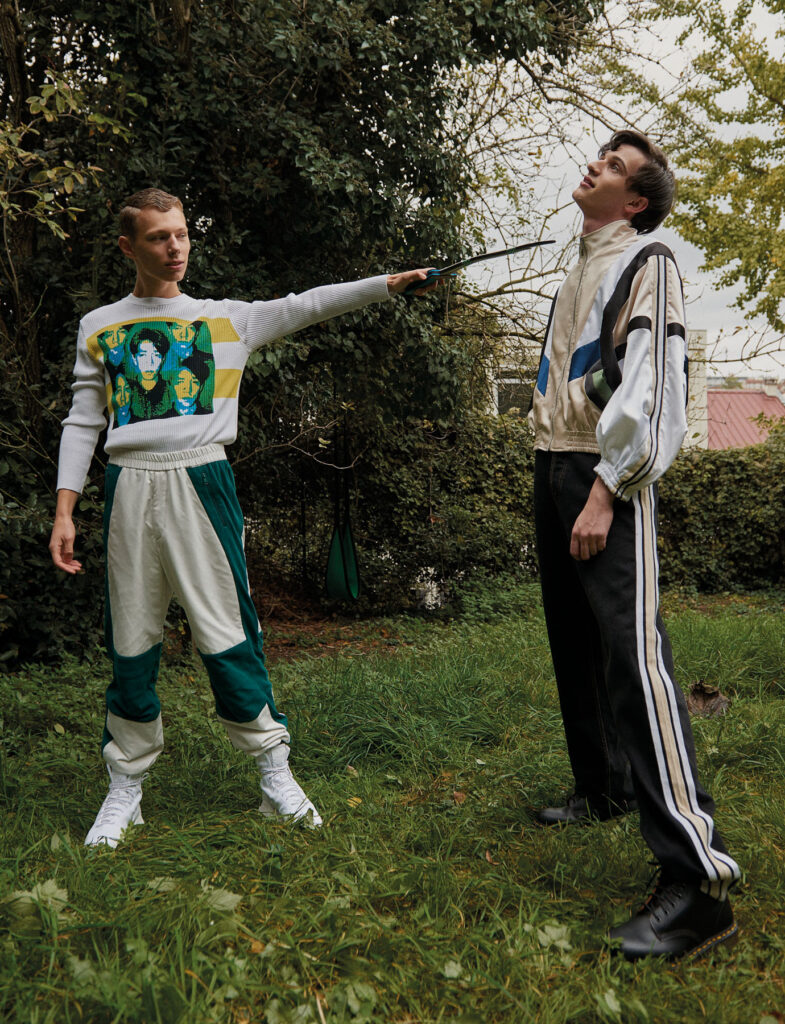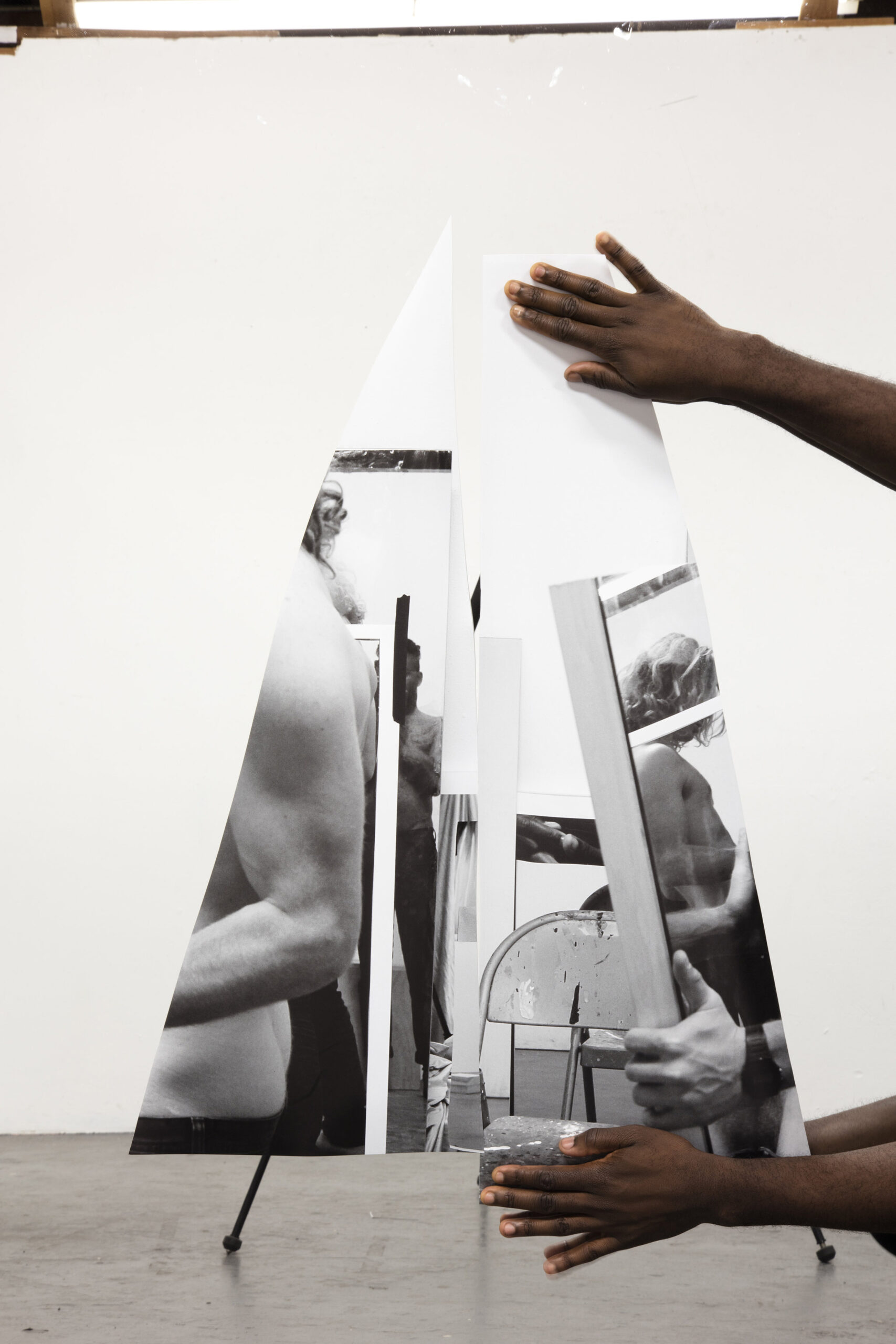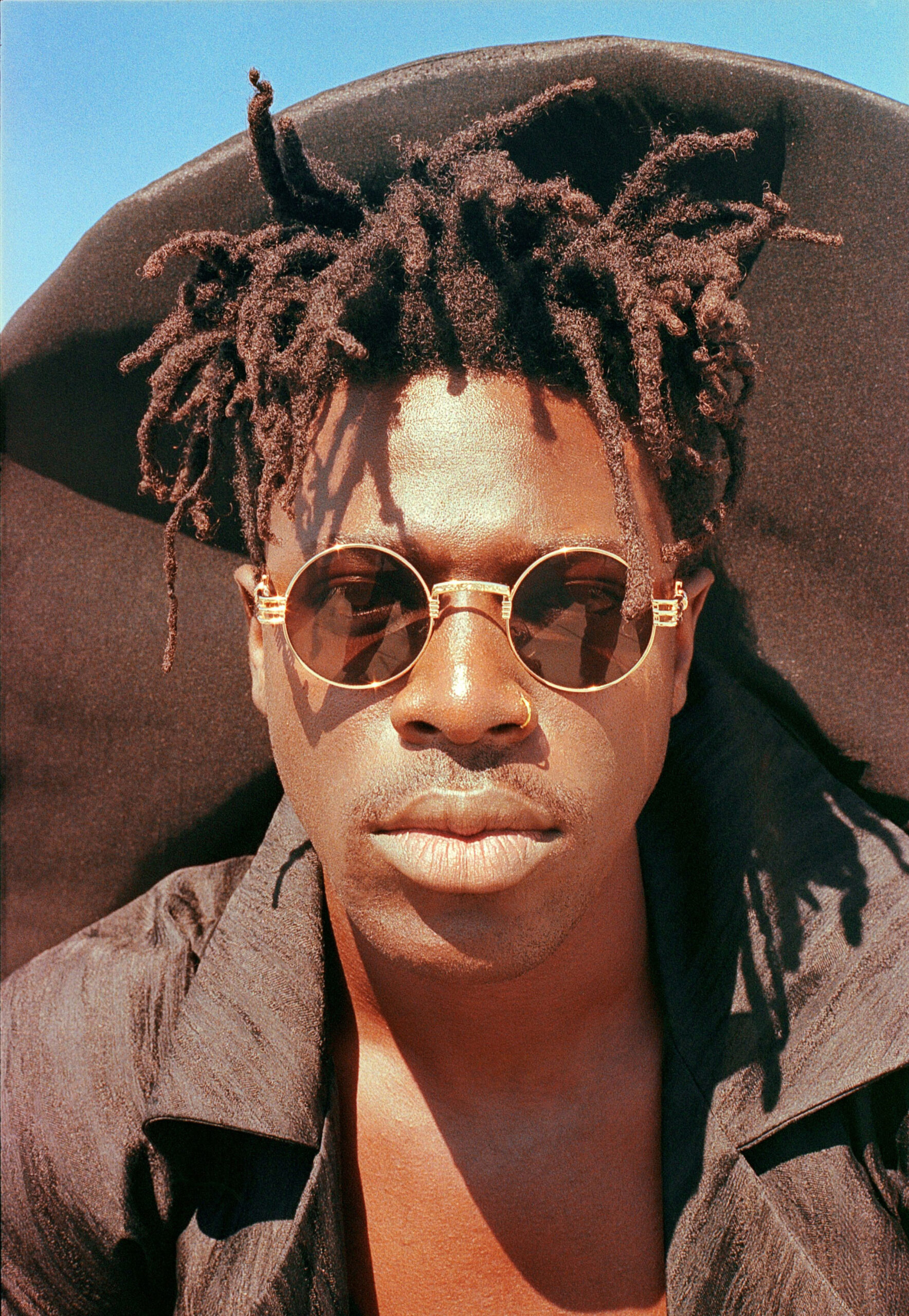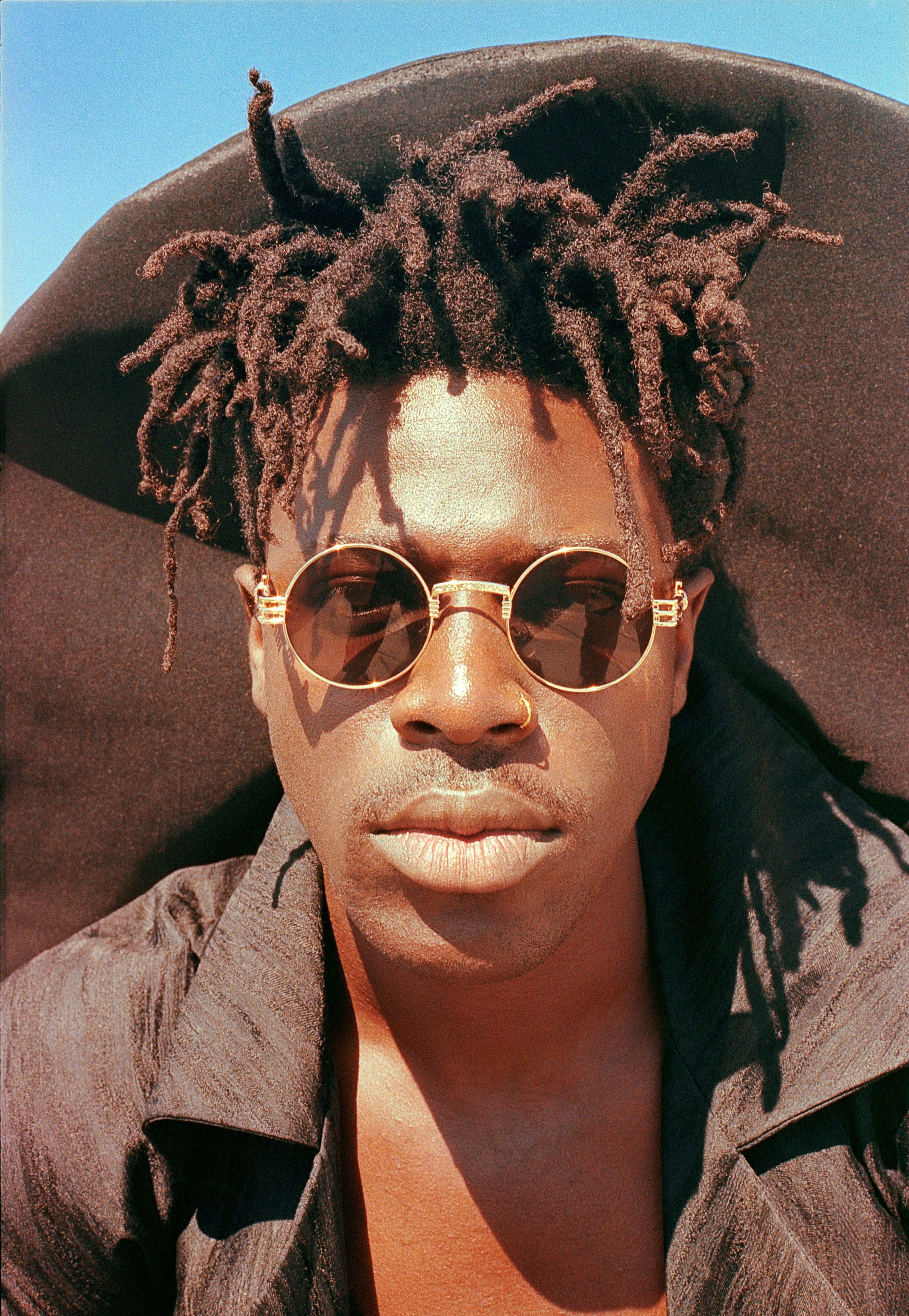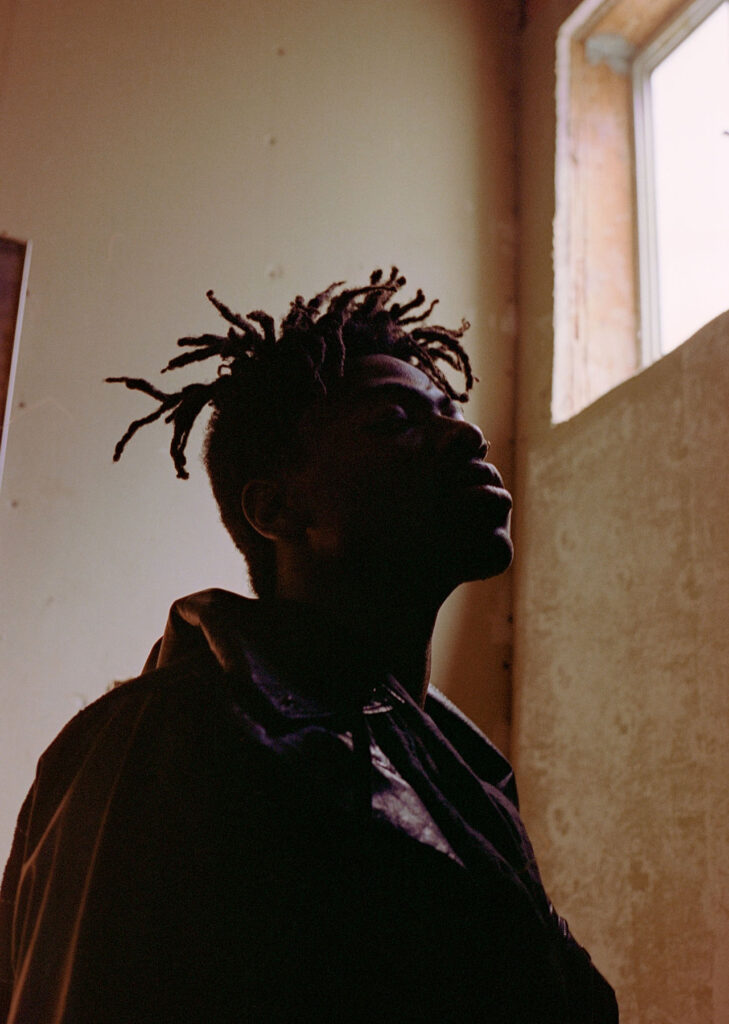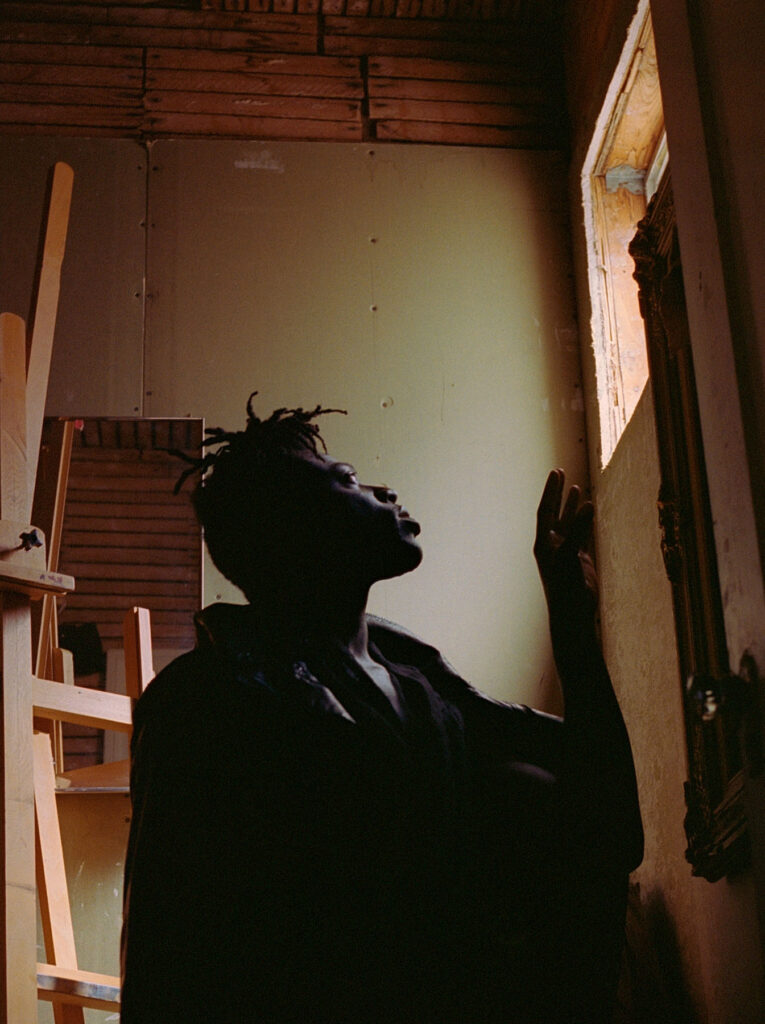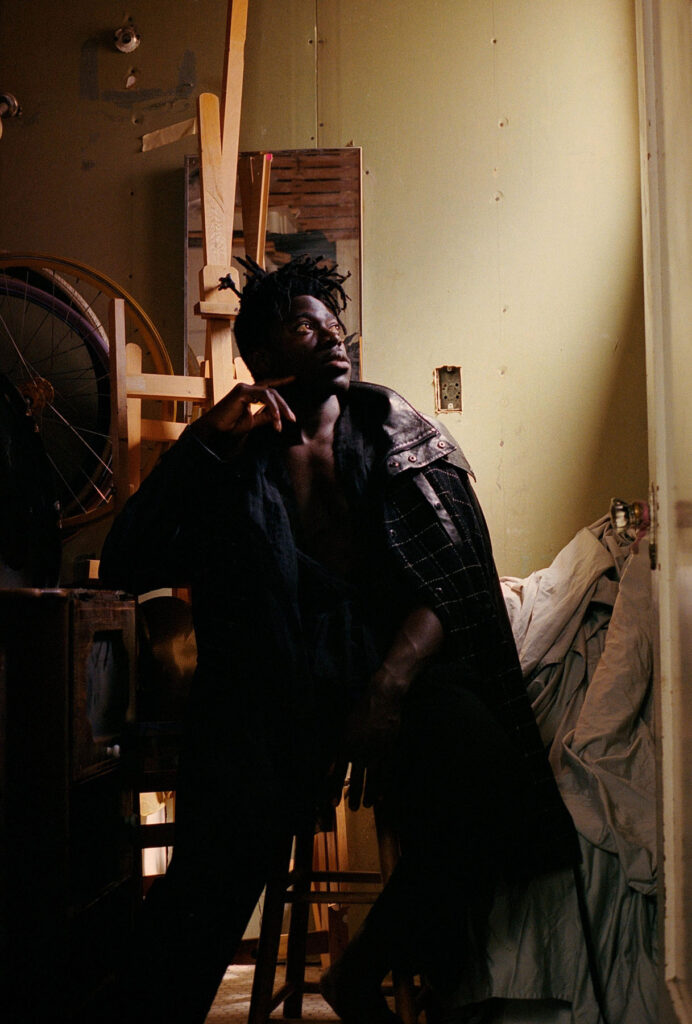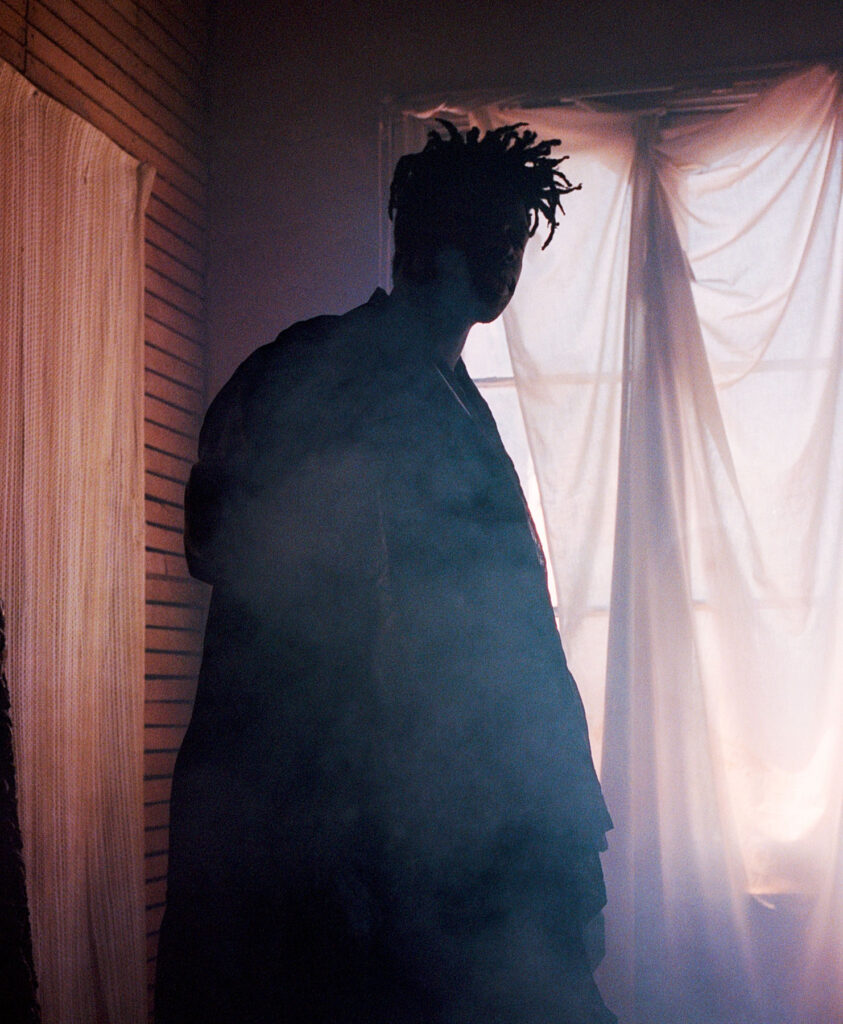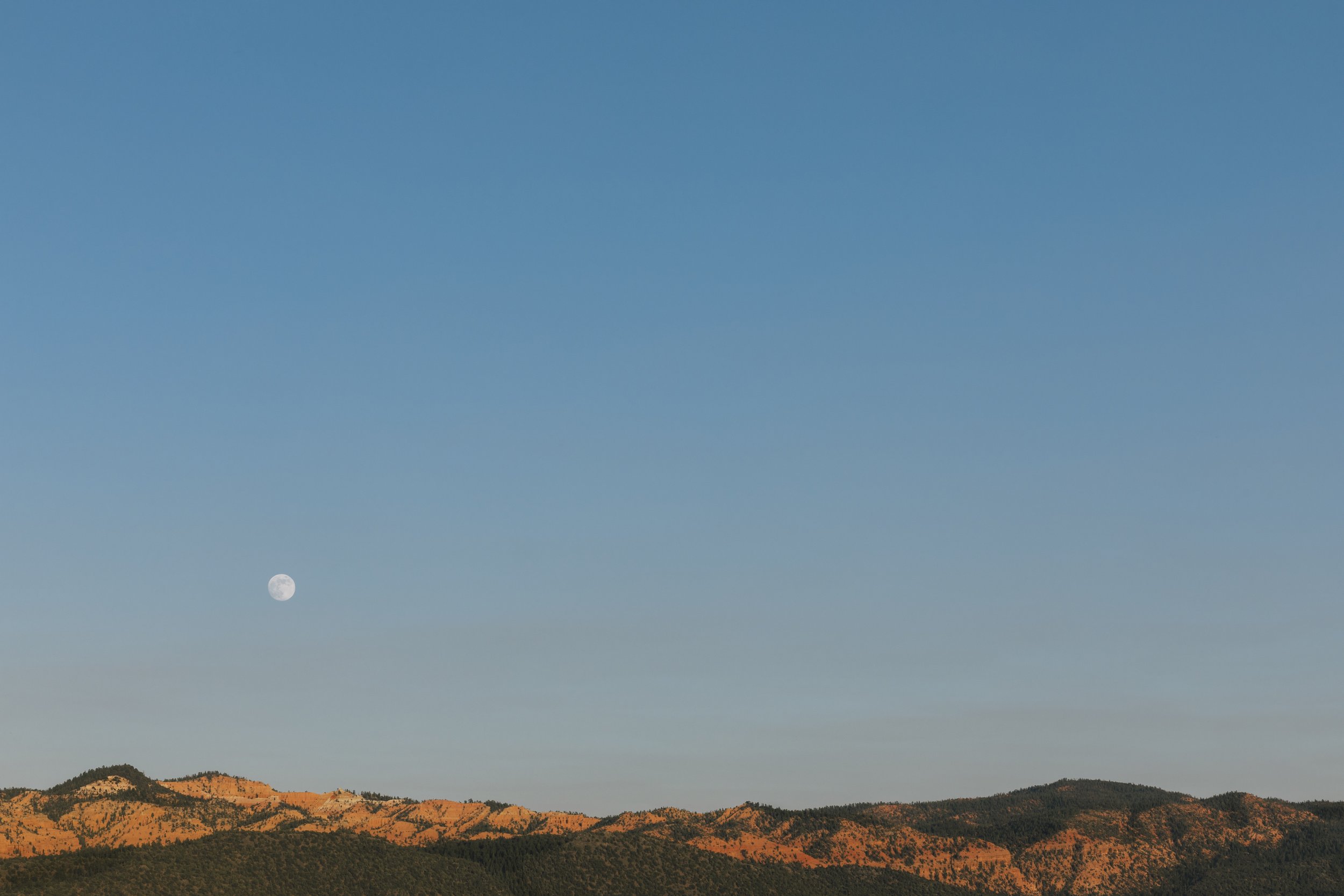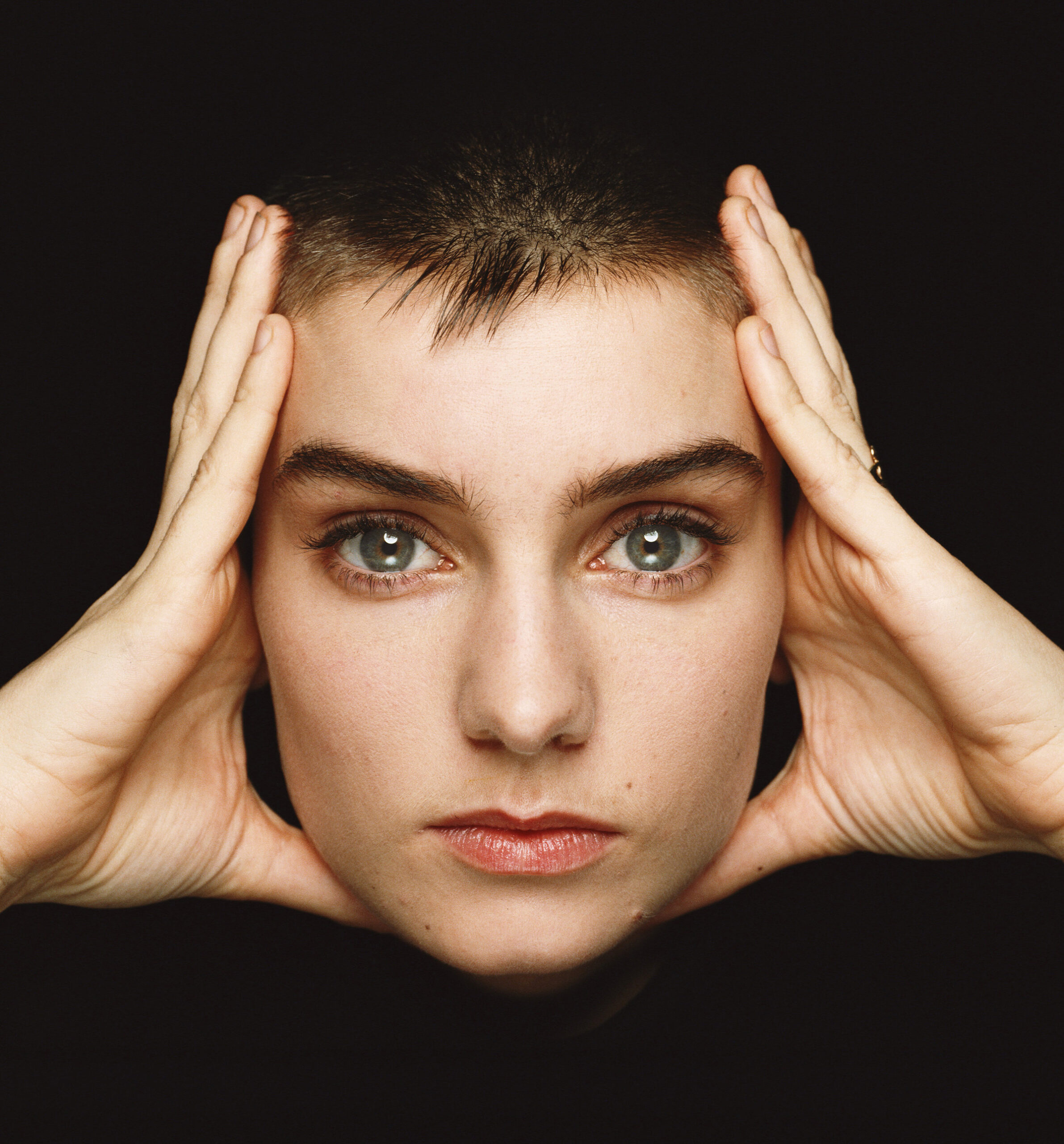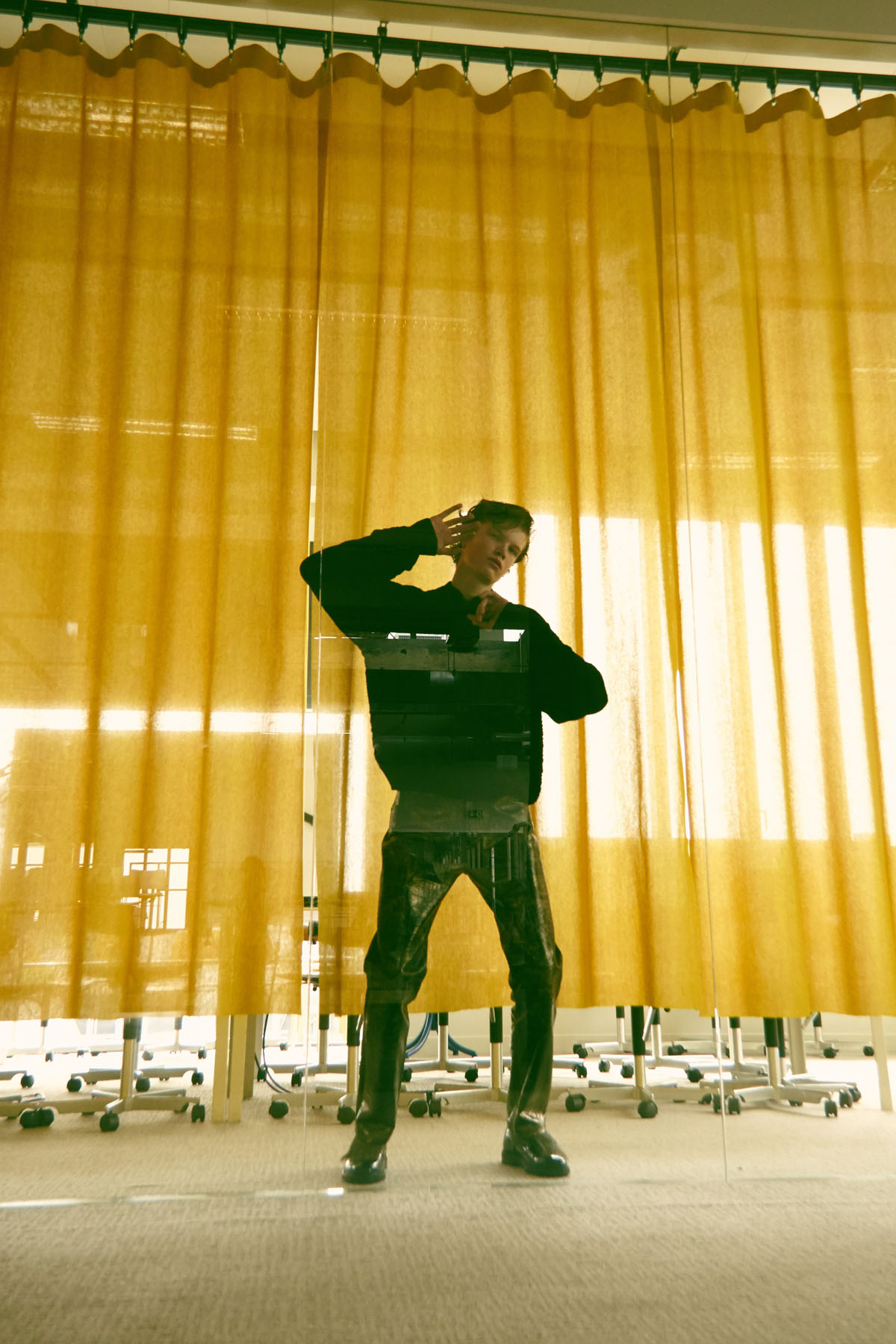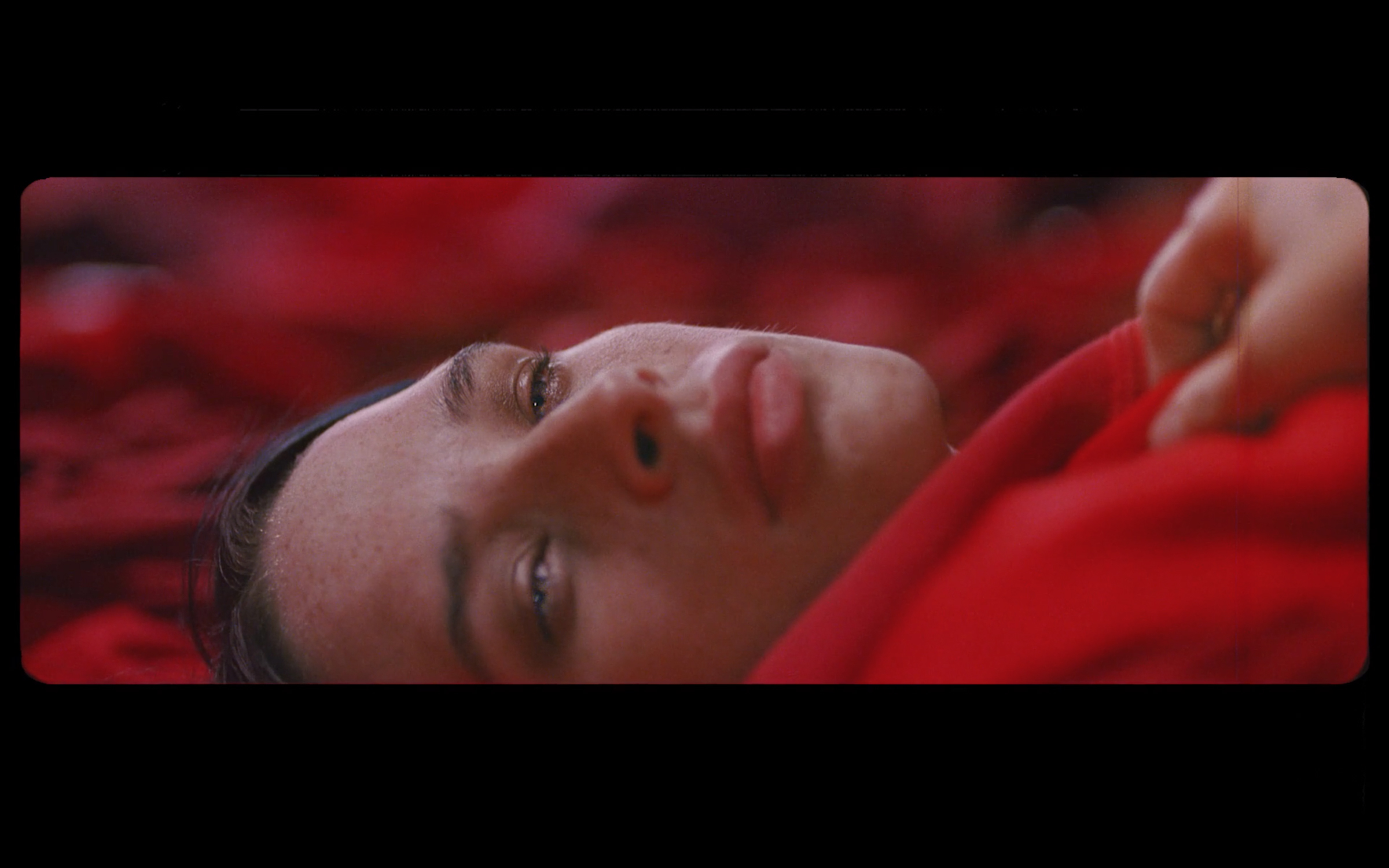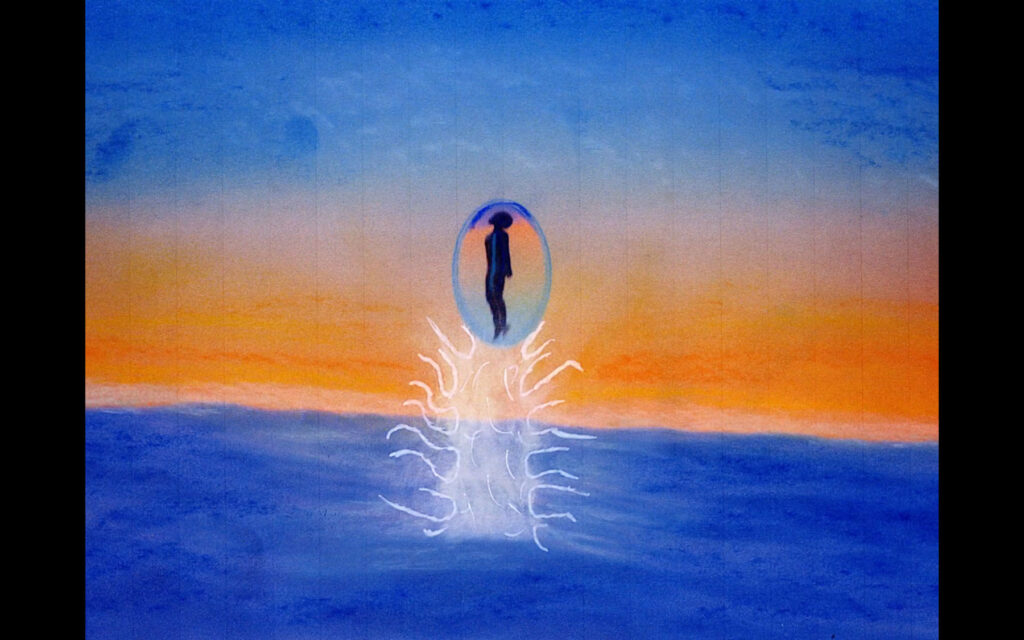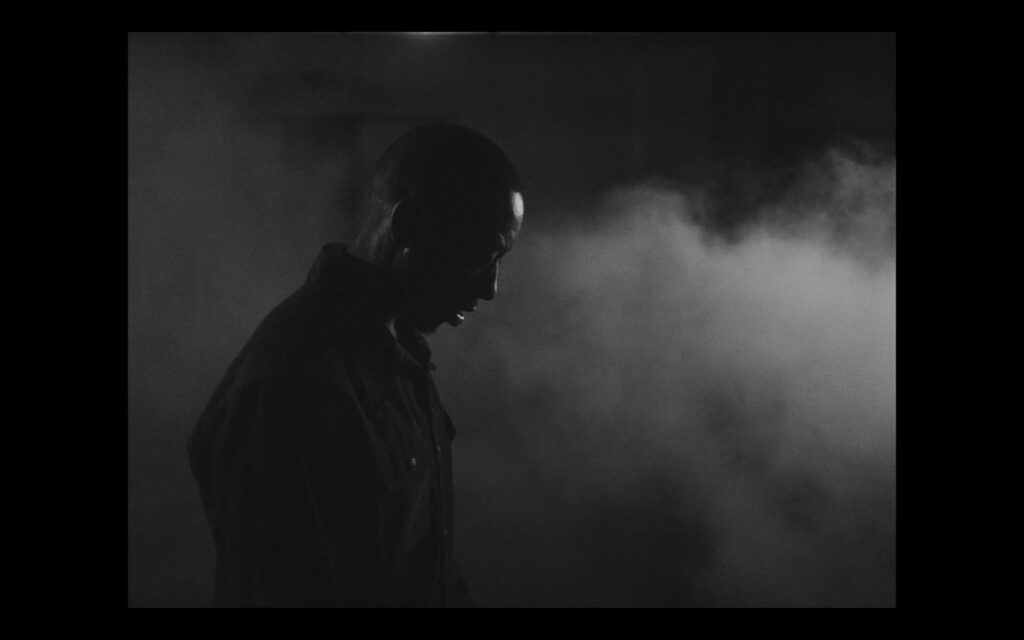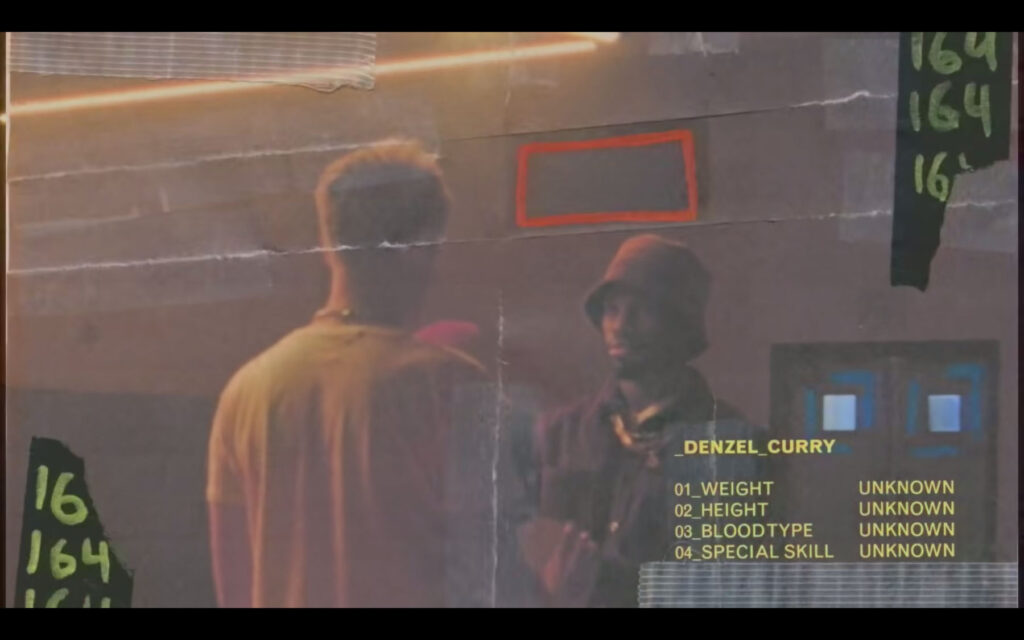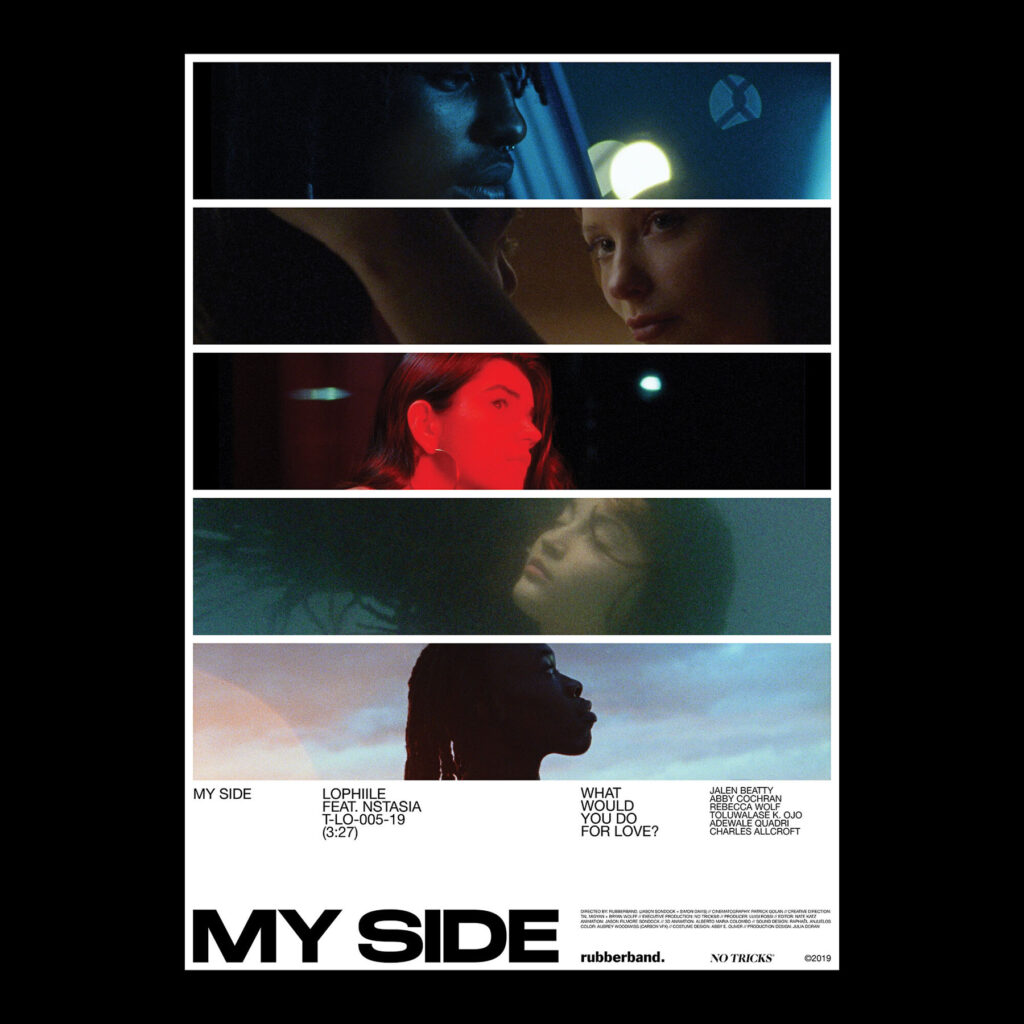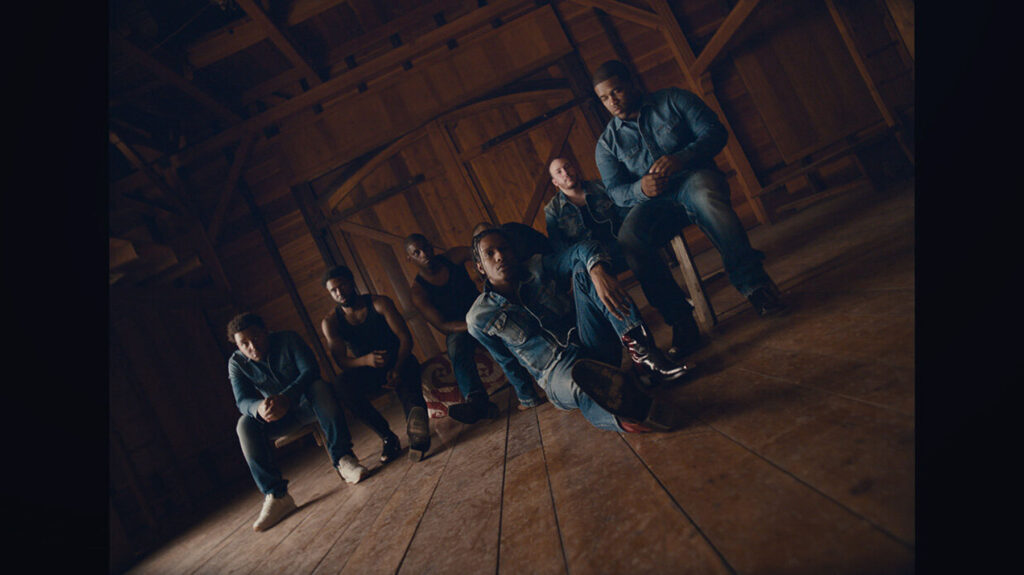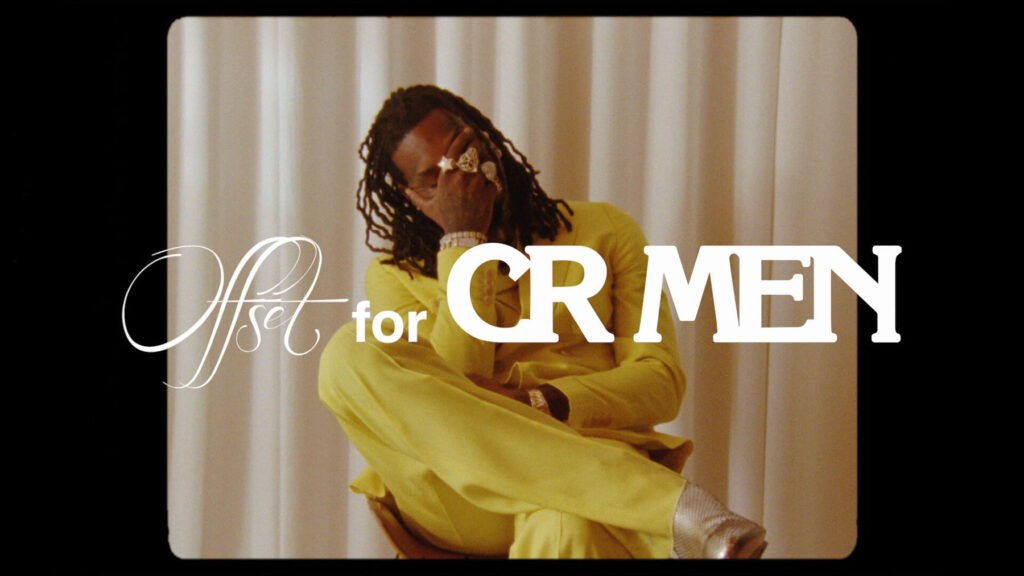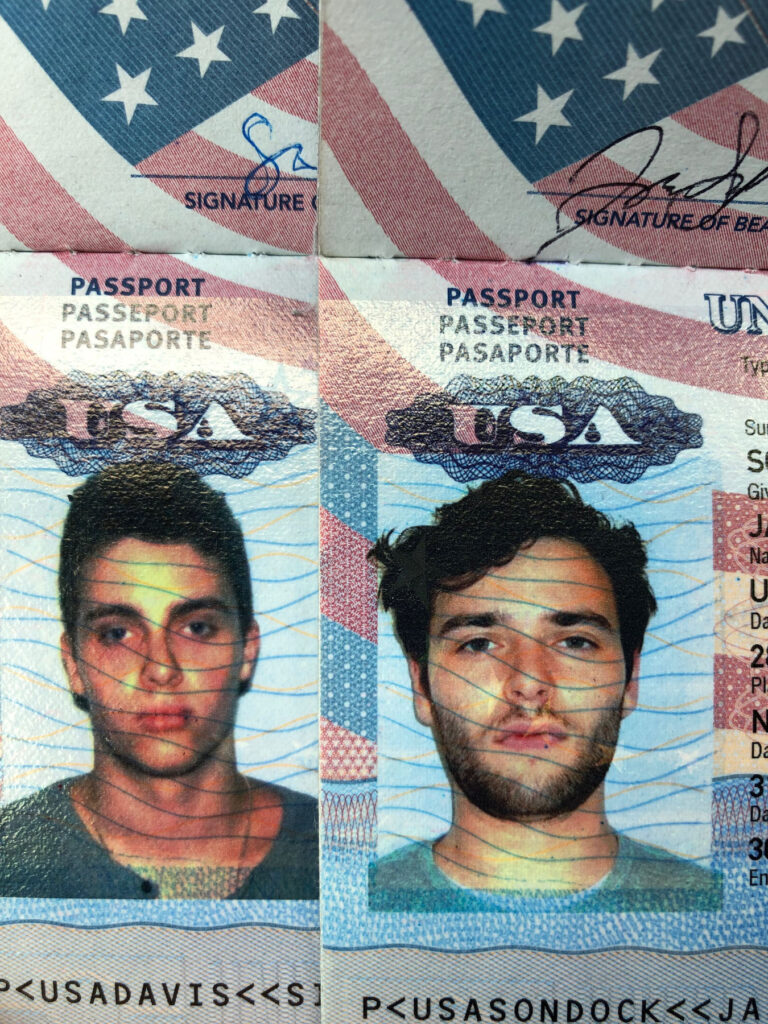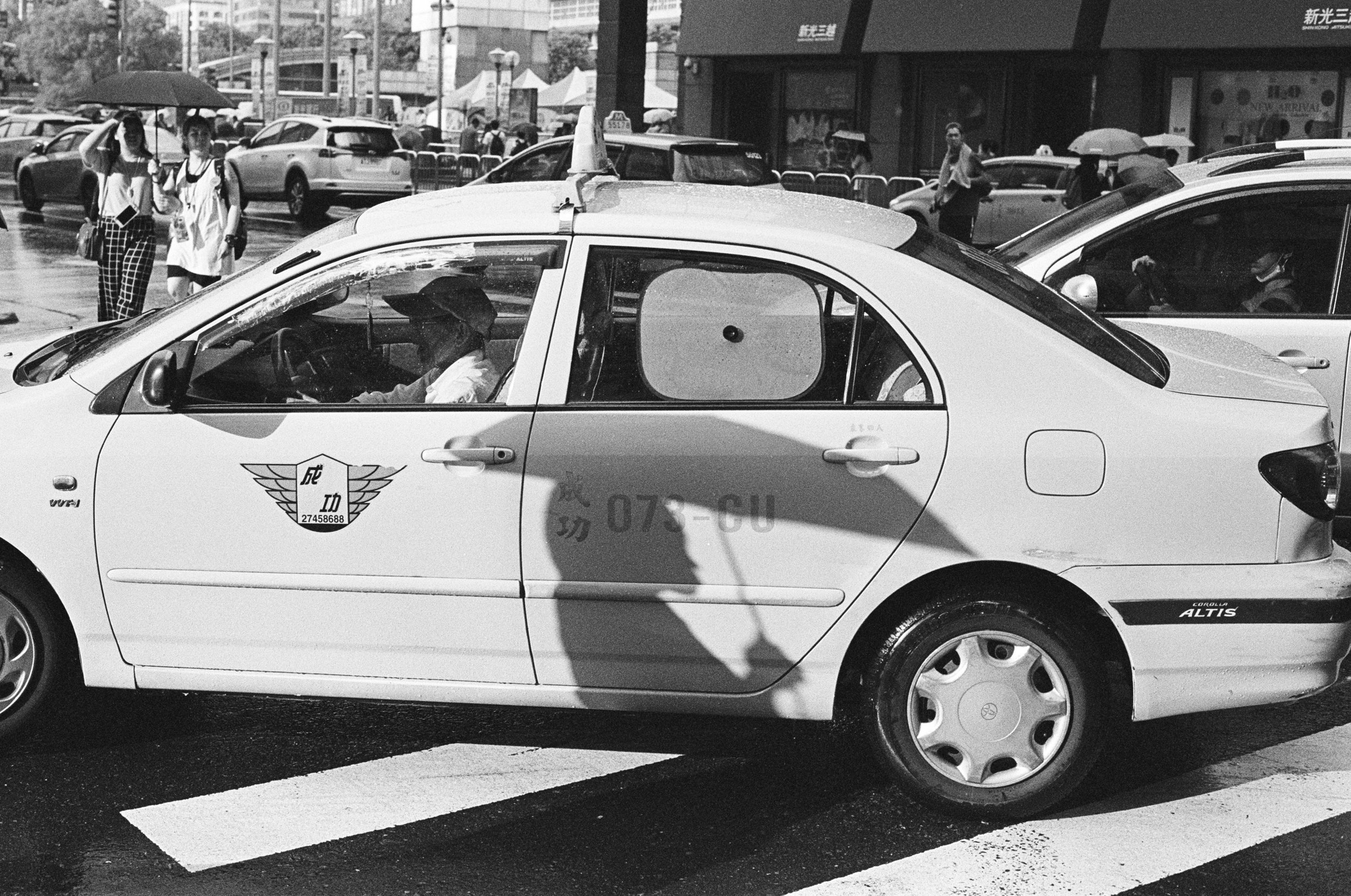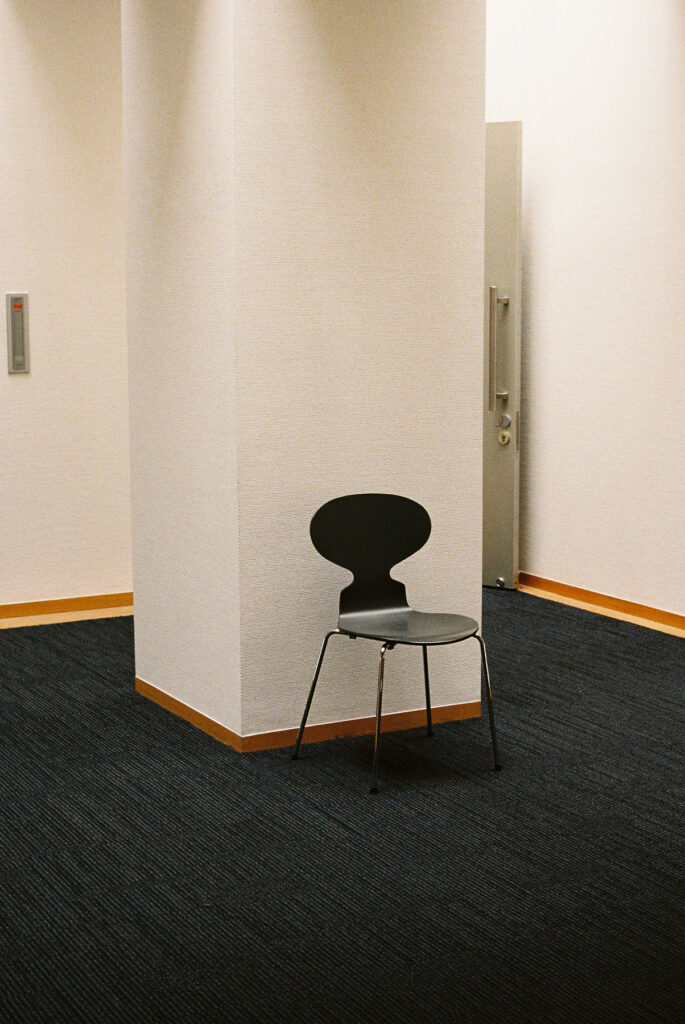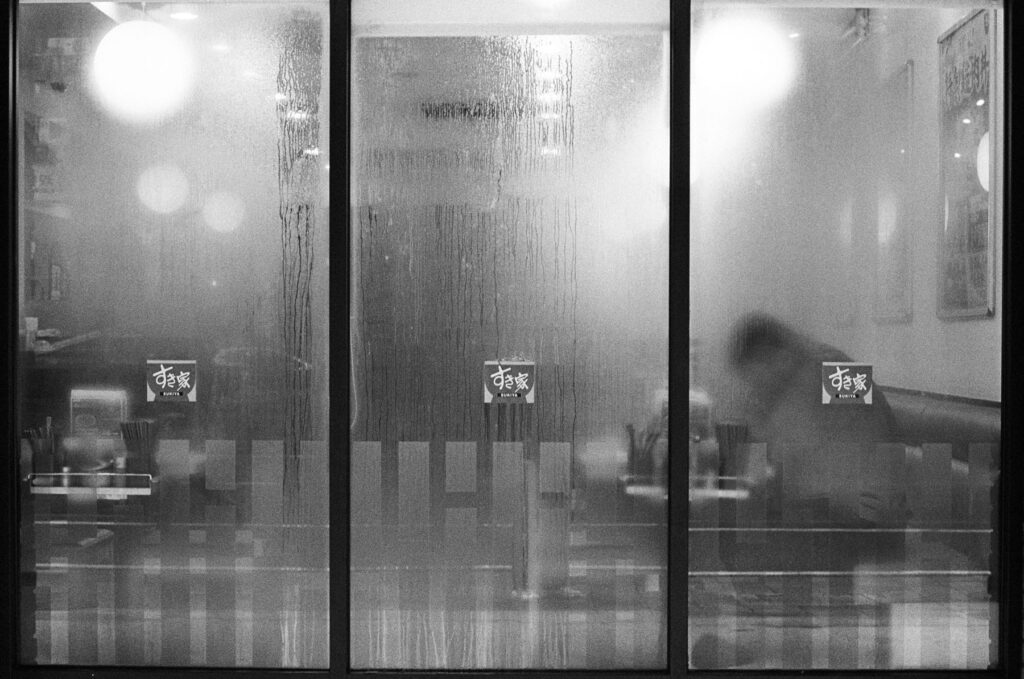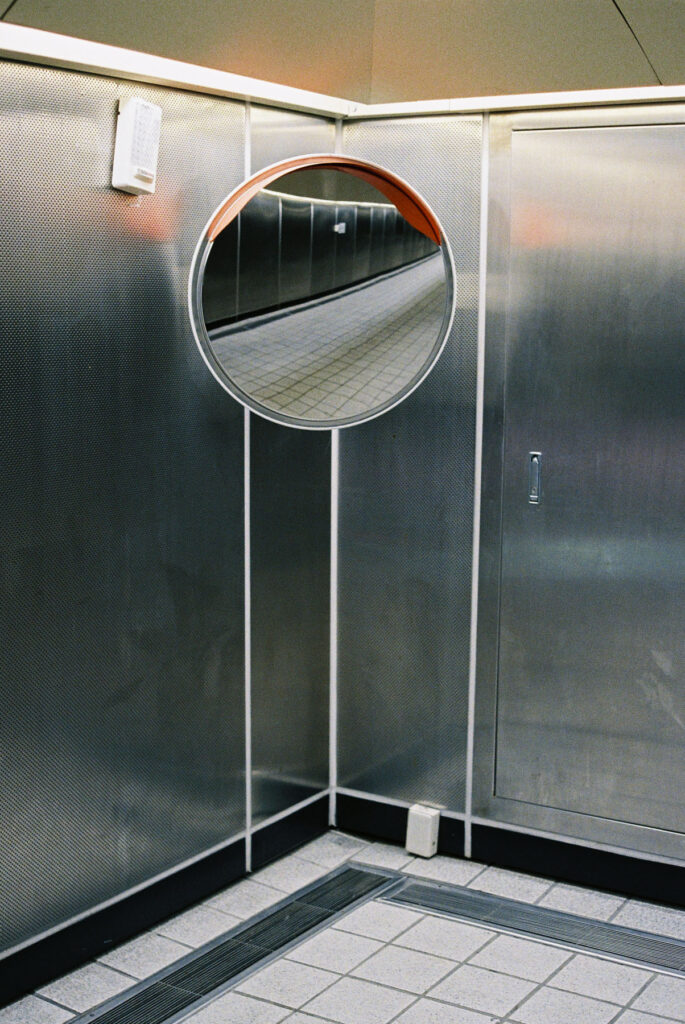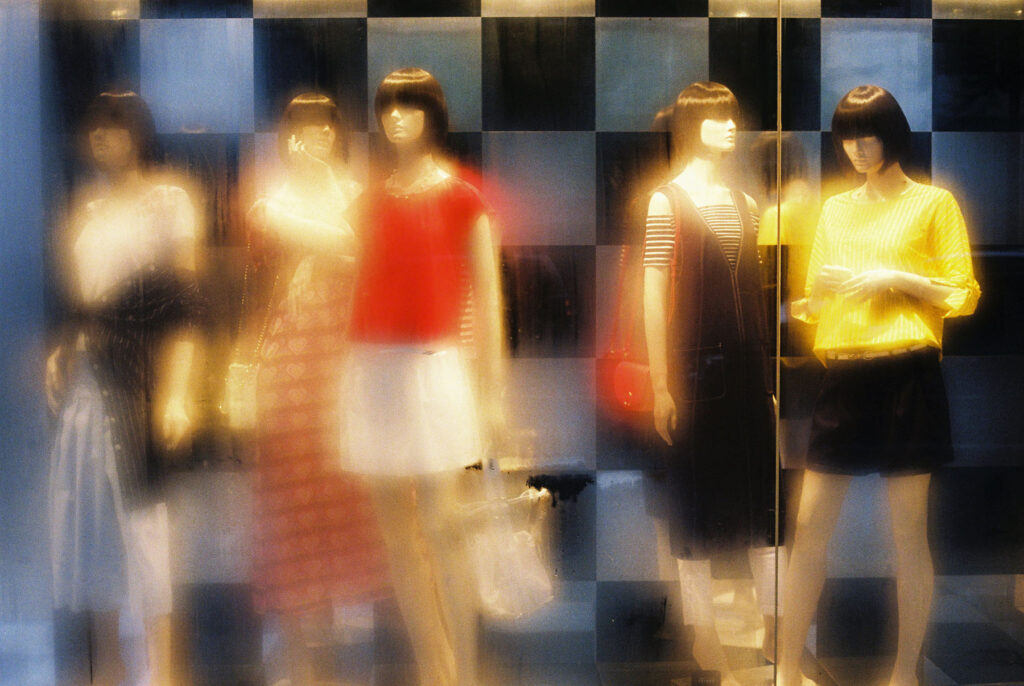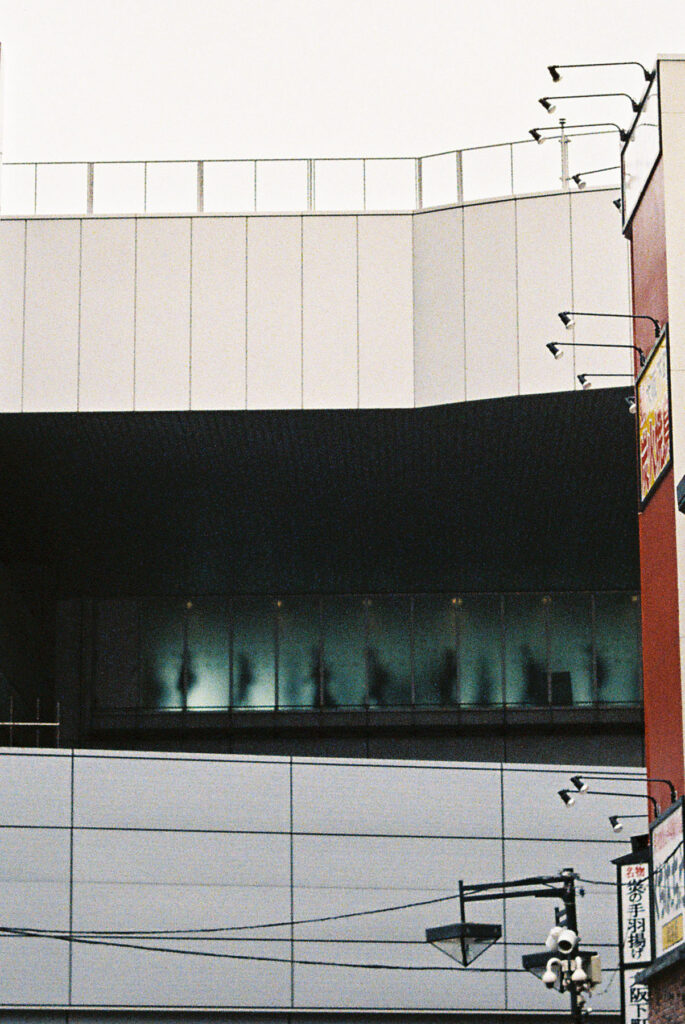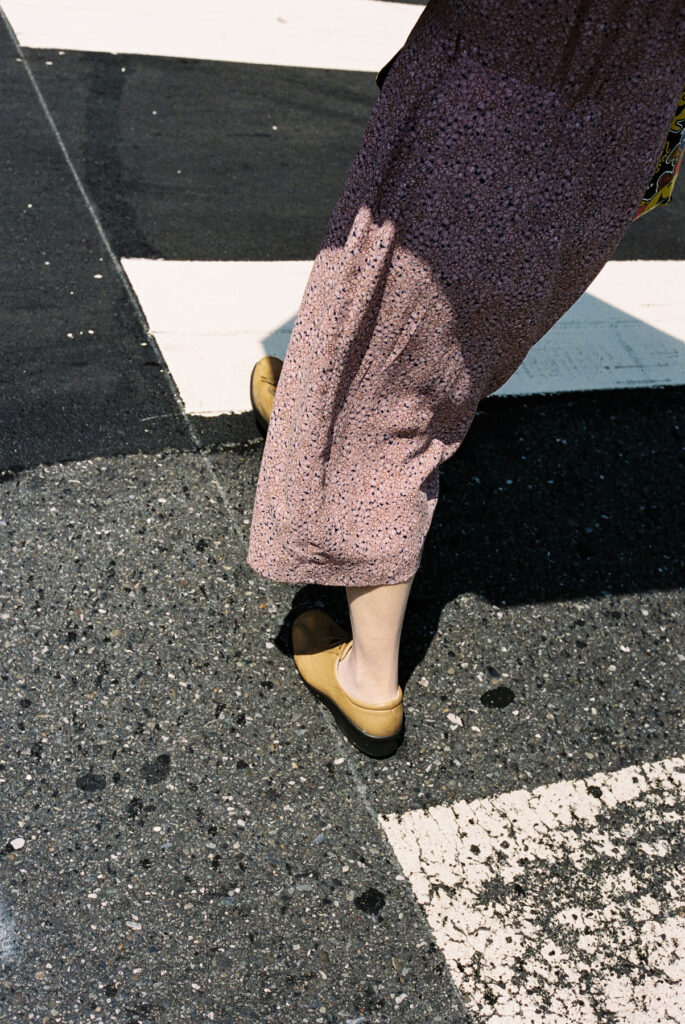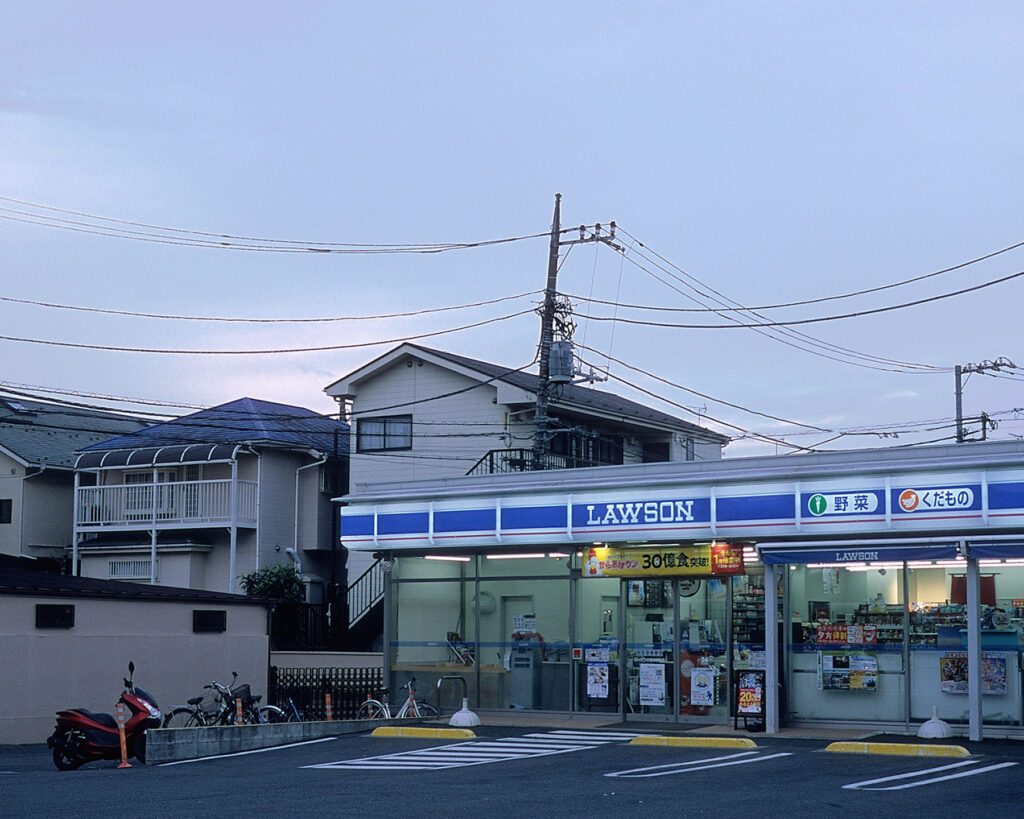I know you both grew up either in NYC or within its vicinity and continued to remain in its orbit throughout your time spent at New York University where you met studying film at Tisch. New York, the city itself, is such an iconic, visual fixture that anchors the plots of so many movies and I’m wondering how it shaped your own lenses as you grew into your own as directors and as rubberband.?
S: I grew up outside of the city in New Jersey and I also lived in Italy for a bit when I was really young. My parents are professors, my mom is an art historian so I spent a lot of time in museums and there was a lot of discussion of art in the house. Living in Italy, immersed in the world of cathedrals and frescos, Michelangelo and Brunelleschi and Giotto, going to the museums, experiencing all of these things at an extremely young age I think really shaped my worldview. Those years informed what I wanted to do with my life— it was the thing that spoke to me most and I think film, beginning with making skate videos as a kid and all that kind of stuff, was just a natural progression from those formative experiences.
J: Yeah, neither of my parents were involved in art or film. My dad leased shopping centers and my mom was a menswear buyer for Ralph Lauren so I never had any classical or specific sort of art’s background. I got to carry the Thomas Walther internship at MoMa when I was in college. The internship was my first, direct experience in that kind of space and previously, I assumed that art was mainly about aesthetics, which of course it is, but working there I also got to see how important the historical doctrine of art was.
I really feel like growing up in the city was sort of the antithesis of film and inspiration in a way. The first jazz album I ever listened to, which is definitely a cliche, was Miles Davis’ Kind of Blue. I remember listening to Blue in Green on a computer when I was like 11 and thought that this is what New York sounded and felt like. I think that the synesthesia that occurred was a weirdly fundamental part of forming how and what I wanted to make. As Simon and I have grown together in our work, Simon is this very intellectual guy in terms of ideas and I think I am much more of a physical entity, which creates this sort of synergy. I think there’s this other part of film that a lot of people like to look over which is that film is a very physical process. You have to physically do it. I used an analogy a while ago, which Simon has heard a million times so he’ll probably laugh at me, but film is analogous to making a chair, making a bench or building a sculpture.
Yeah I just interviewed director Jonas Akerlund, and we were talking about the distinction between art and entertainment and how he sees film to ultimately lean more towards the latter than the former. On the other hand, with rubberband. in particular, you guys are specifically interested in the emotional propensity of filmmaking to evoke, mirror and create universal commentary on the human condition which to me, points to veering on the side of art. Can you guys walk me through your understanding of it all — emotionality, art, entertainment — and how you maintain a sense of integrity whilst in the mix?
S: They’re a lot of people who view those things as mutually exclusive, as if entertainment and art somehow can’t coexist and I don’t know if there’s a lot of benefit to that distinction or if it’s necessarily true. I think a lot of the art that shaped my life is both entertaining while also speaking to me on a level that transcends explanation. There’s something about the feeling that it evokes inside you and that becomes the magic of the thing. Jason and I joke about this a lot because I think there’s a real pitfall to over-intellectualizing while you’re making something. Whenever we go into a project we have a really strong conceptual understanding of what we’re trying to do but any attempt to define what you’re doing too specifically just seems inherently limiting. By defining something as entertainment or art, you’re automatically limiting the potential of what that thing can be. It’s not that we’re against labels, we just don’t think about it that much, we focus on making sure there’s something interesting about this idea and we both feel it.
J: I think that’s a really good point. I think whether you define it or not, everyone sort of has a philosophy about how they work and it might not be a thing that they’re even conscious of. In regards to intentionality with style, you should more so just act in the stream of how you feel and that’s what style is. I don’t think style’s about you trying to push a thing further than it’s supposed to be. You could talk to someone like Matthew Barney or Joe Swanberg about what film is to them and they would tell you totally different things, or they might tell you the same thing, but the way they get to those ends is totally different and that’s kind of the beauty of everything — that it’s totally subjective. There’s no universal truth in any of this. People are just trying to get at something that they feel and they’re acting in the course of action that they think is the most direct to get to that result. To think about why too much is sort of self-defeating because you’re immediately comparing. It’s a lot less about thinking and it’s way more about just doing something, just do it in a vacuum, do it in your room, do it wherever, whenever and see what happens.
S: Yeah our philosophy surrounding all of this stuff is sort of just be as open as possible and always foreground that idea that all we know is that we know nothing. When we make something — every single person who watches it, they’re having an entirely unique experience with that object. We realized that this idea of control or ownership of what you make in a certain way is like holding onto water, you’re just letting this thing go and you have to see how people receive it.








